You Really Got Me – The Kinks (Dave Davies)
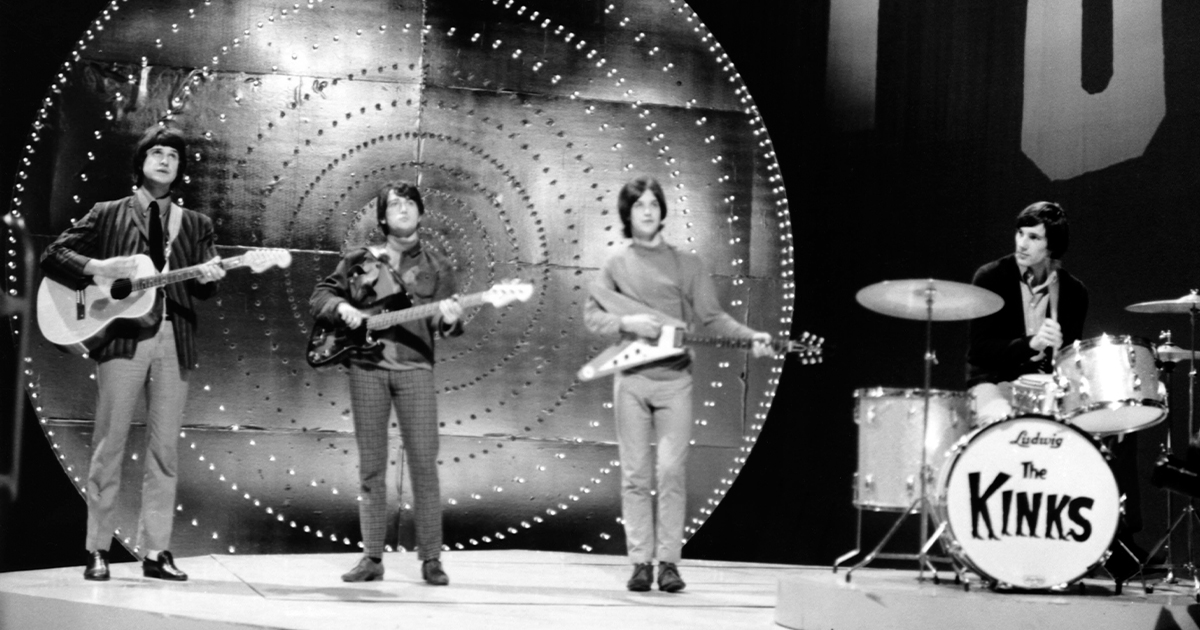
When British band The Kinks broke through in July 1964 with their third single You Really Got Me, the track’s stripped-back, high-energy take on rock’n’roll was a shock to the system. Dave Davies’ raucous, overdrive-heavy solo thrilled listeners, although for years it was erroneously rumored that the solo hadn’t actually been played by Davis himself, but a then-unknown young session guitarist named Jimmy Page.
Hey Joe – The Jimi Hendrix Experience (Jimi Hendrix)
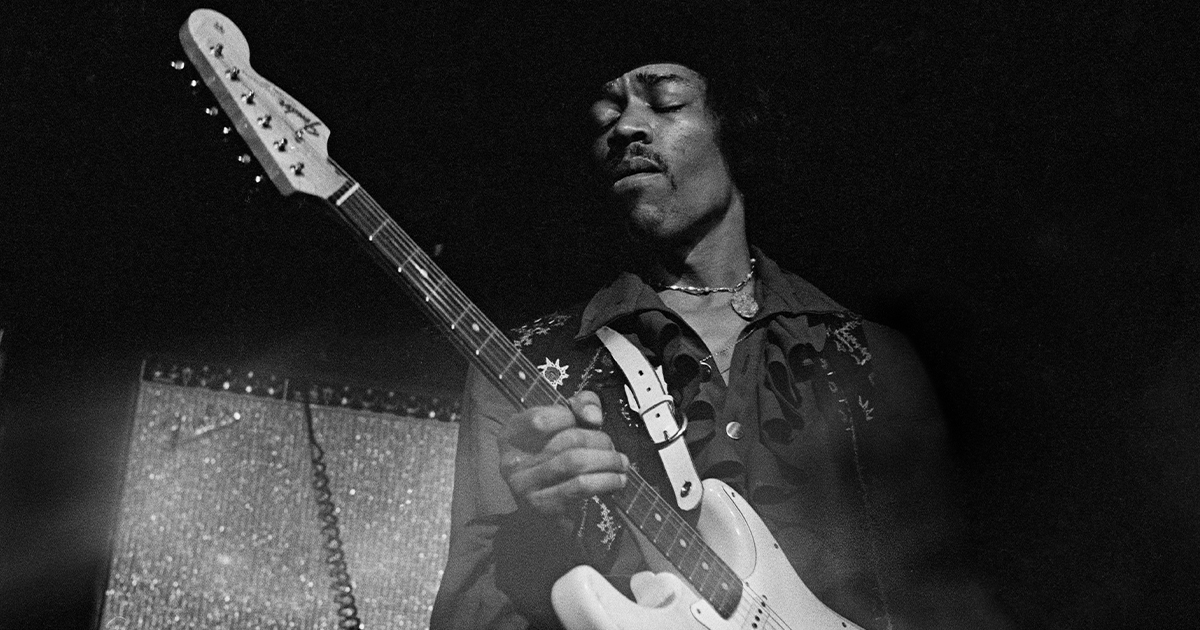
Rock’n’roll always had plenty of wild men, but the era of the guitar hero didn’t truly begin until Jimi Hendrix arrived in 1966 with Hey Joe. The American guitarist astonished listeners with his skill, speed, volume, and showmanship, including the fact that the left-handed player used right-handed guitars upside down, and was able to play behind his head and with his teeth.
All Right Now – Free (Paul Kossoff)
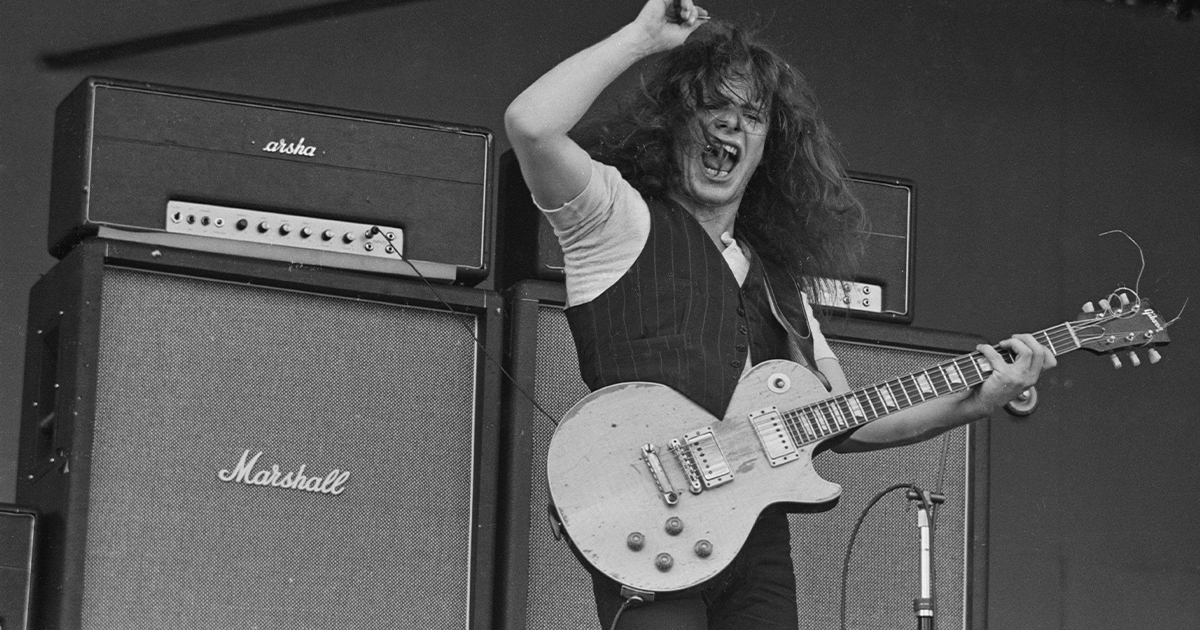
Spend too long talking to any guitar aficionado, and invariably they’ll touch on the debate of what matters more: technique, or tone. Paul Kossoff of Free is a key figure here. While technically proficient, the English guitarist favored a more minimal approach, playing fewer notes with more feeling. Nowhere was this demonstrated better than the screaming solo of Free’s signature 1970 smash All Right Now.
Stairway to Heaven – Led Zeppelin (Jimmy Page)
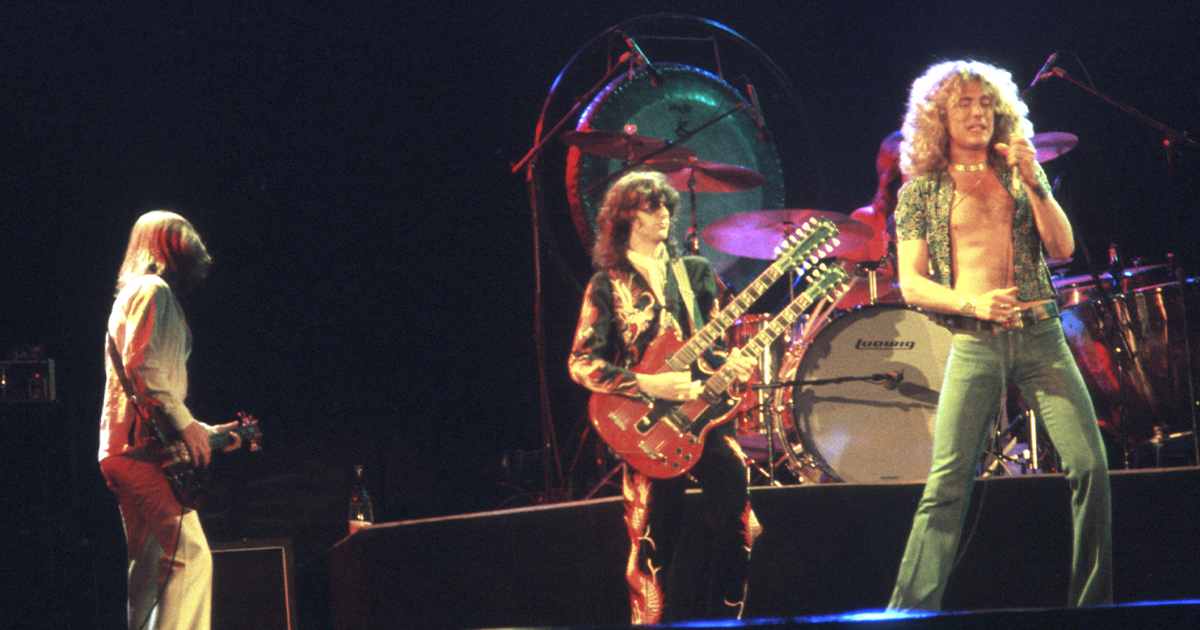
The notion of the ‘supergroup’ (a new band made up of established, top-rate musicians) was exemplified by Led Zeppelin. The British stadium rock pioneers cemented themselves on their fourth album, particularly with the epic track Stairway to Heaven. Countless aspiring guitarists learned to play the song, but few could duplicate Jimmy Page’s storming solo, frequently named as the best recorded.
Bohemian Rhapsody – Queen (Brian May)

Undoubtedly the best-loved epic rock song of them all is Bohemian Rhapsody, the 1975 Queen track which became the band’s trademark. It was dubbed a ‘mock opera’ by Freddie Mercury, and the lead guitar work of Brian May is suitably operatic throughout, particularly on the searing, emotive solo that comes midway through.
Beat It – Michael Jackson (Eddie Van Halen)
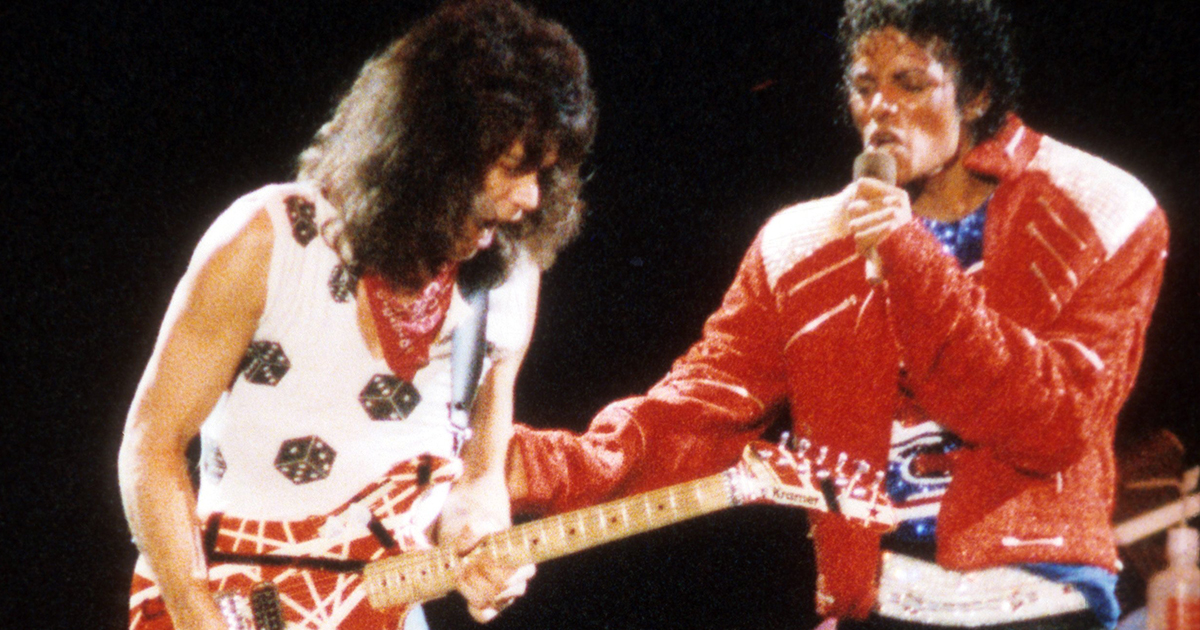
There can be very little debate that Eddie Van Halen ushered in a new era for the guitar in the late 70s – but early on, his eponymous band only reached a relatively select audience. It wasn’t until Eddie’s guest appearance on Michael Jackson’s Beat It that the masses heard his pioneering, 100mph technique, and soon every guitarist around wanted to play just like him.
Purple Rain – Prince

If Van Halen’s appearance on Beat It proved that guitar solos weren’t exclusively the domain of hard rock, Prince proved that pop stars could also be guitar heroes themselves. The American musical icon really showed his capability with a six-string on his 1984 power ballad Purple Rain. Prince’s storming, soulful solo takes the already emotionally-charged track to another level entirely.
Master of Puppets – Metallica (Kirk Hammett)
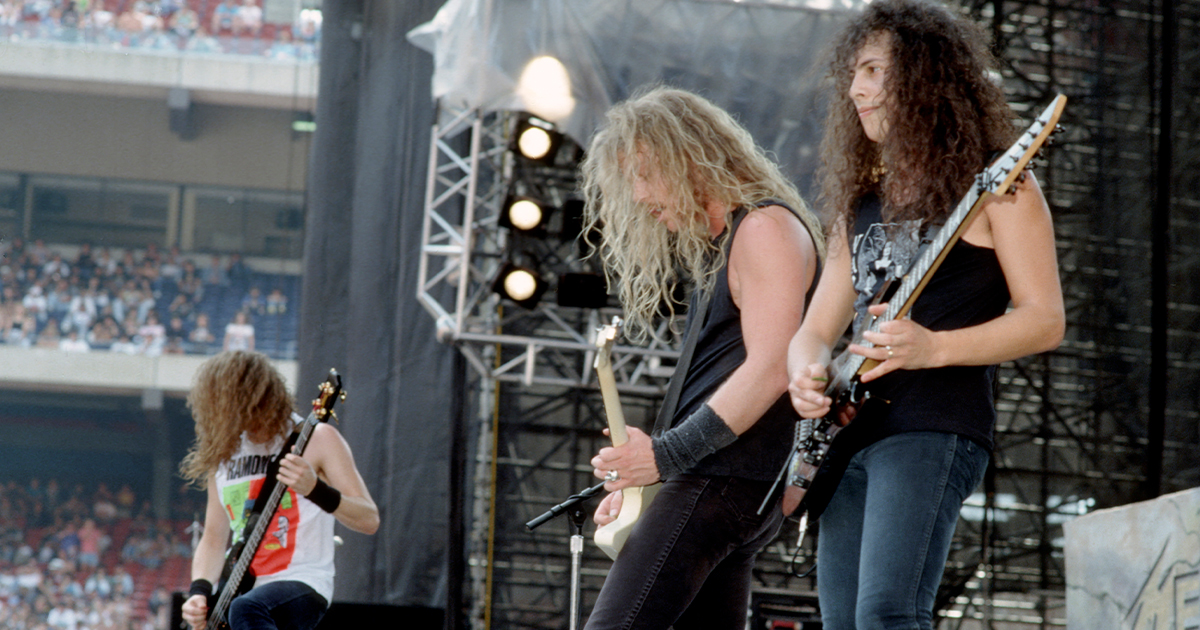
The title track from Metallica’s third album, Master of Puppets cemented the California-based band as the undisputed heavyweight champions of thrash metal. Lead guitarist Kirk Hammett really gives his all on the epic track’s multiple solos, all of which have taken on a new meaning to contemporary audiences thanks to the song’s instantly-iconic use by the Netflix series Stranger Things in 2022.
Killing in the Name – Rage Against the Machine (Tom Morello)
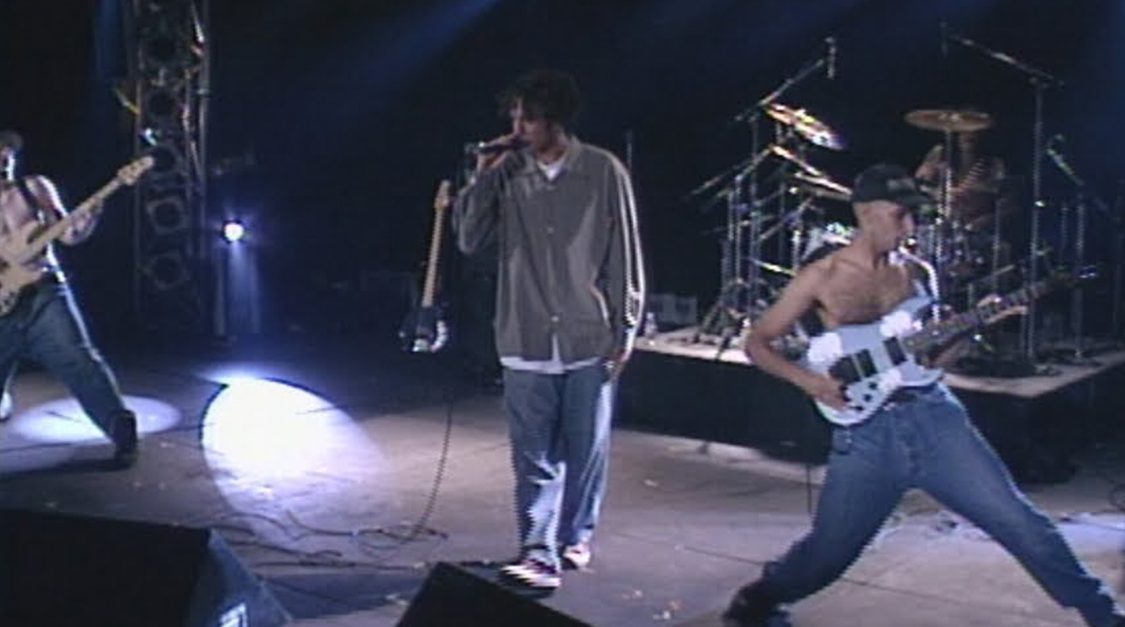
A revolutionary band in more ways than one, Rage Against the Machine’s politically-charged blend of rap, funk and the heaviest of metal was unlike anything listeners had heard back in 1992. Pivotal to their distinctive sound is Tom Morello’s groundbreaking guitar technique, blending high-speed picking with hip-hop-esque turntable sounds. The wailing, police siren-like solo on RATM’s landmark hit Killing in the Name exemplifies this.
Rise – Extreme (Nuno Bettencourt)
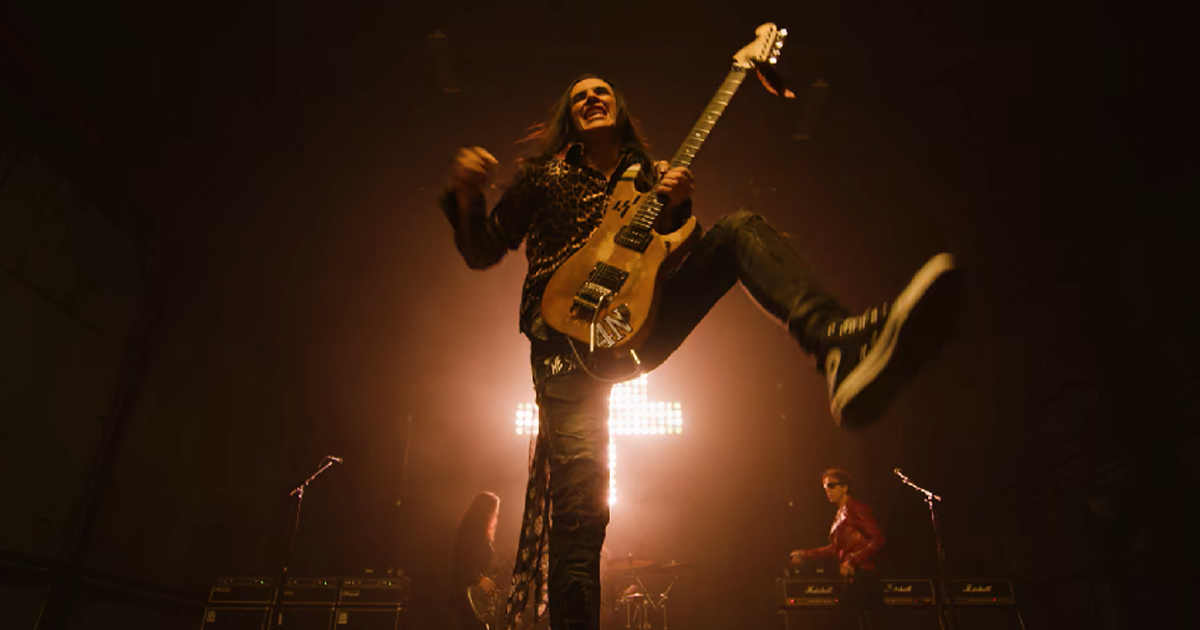
Perhaps it’s premature to declare that a guitar solo from 2023 has changed music forever. Still, Nuno Bettencourt’s musicianship on Rise, the comeback single of 80s/90s rockers Extreme, has blown away both fans and fellow musicians everywhere. His turbo-charged yet heartfelt fingerwork demonstrates that, even after almost a century of electric guitars, there are still things that haven’t been done with the instrument.
All Along the Watchtower – The Jimi Hendrix Experience (Jimi Hendrix)
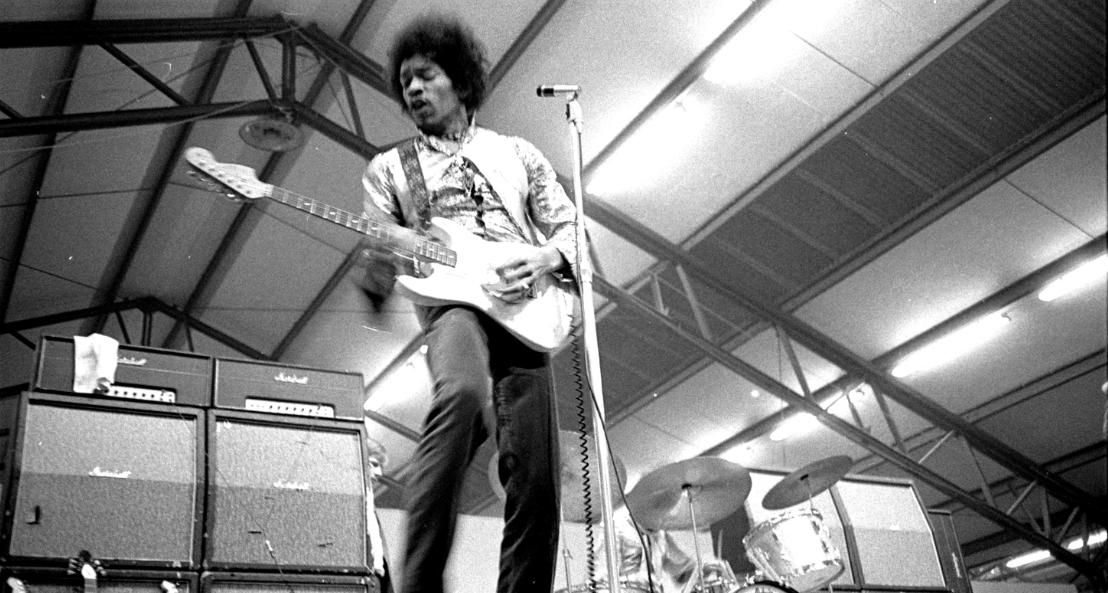
Hendrix’s version of Bob Dylan’s All Along the Watchtower was completely revolutionary. It was an example of Hendrix’s incredible way of playing guitar with a psychedelic style the world was not used to. But to apply that to a beloved song and create a stunning guitar solo was a step above. Dylan even said in 1995 that he thought Hendrix actually improved his song.
Eruption – Van Halen (Eddie Van Halen)
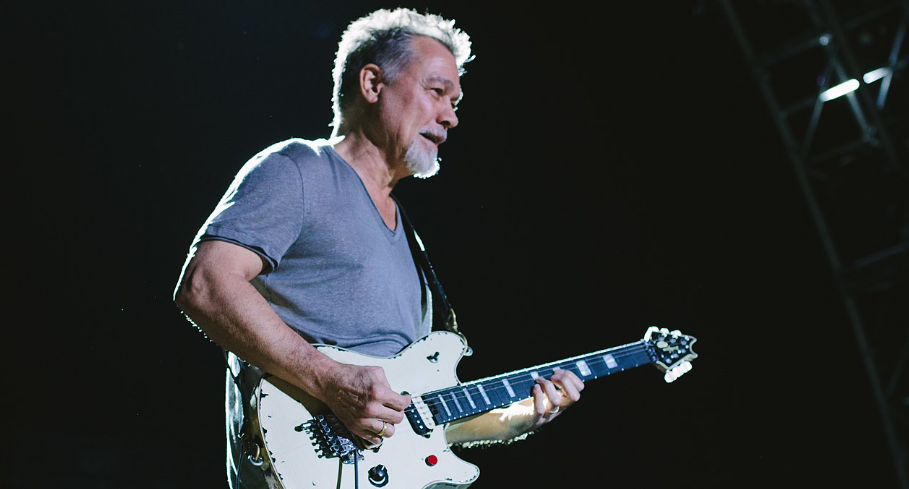
The guitar solo in Van Halen’s song Eruption from their 1978 eponymous debut album set the standard high for all guitarists to come afterward. It’s complex and heavy-hitting, but nothing about the entire solo seems like Van Halen is showing off. What’s even more unbelievable is that this began as a simple riff Eddie Van Halen would play while getting warmed up for gigs.
Comfortably Numb – Pink Floyd (David Gilmour)
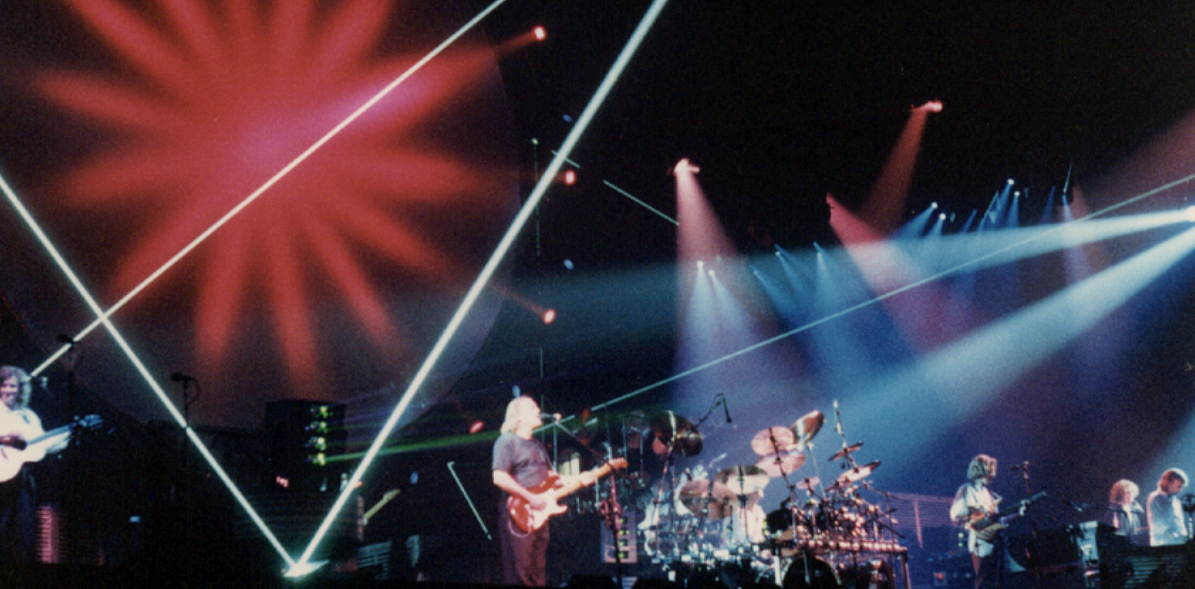
One of the top compliments paid to the iconic rock band Pink Floyd is that they can convey emotions like no other. The guitar solo in Comfortably Numb does not allow the listener to take a break from the agony of the lyrics, but rather it utilizes melody to continue that emotive journal while still showing genuine musical skill, something emo bands would aspire to.
November Rain – Guns N’ Roses (Slash)
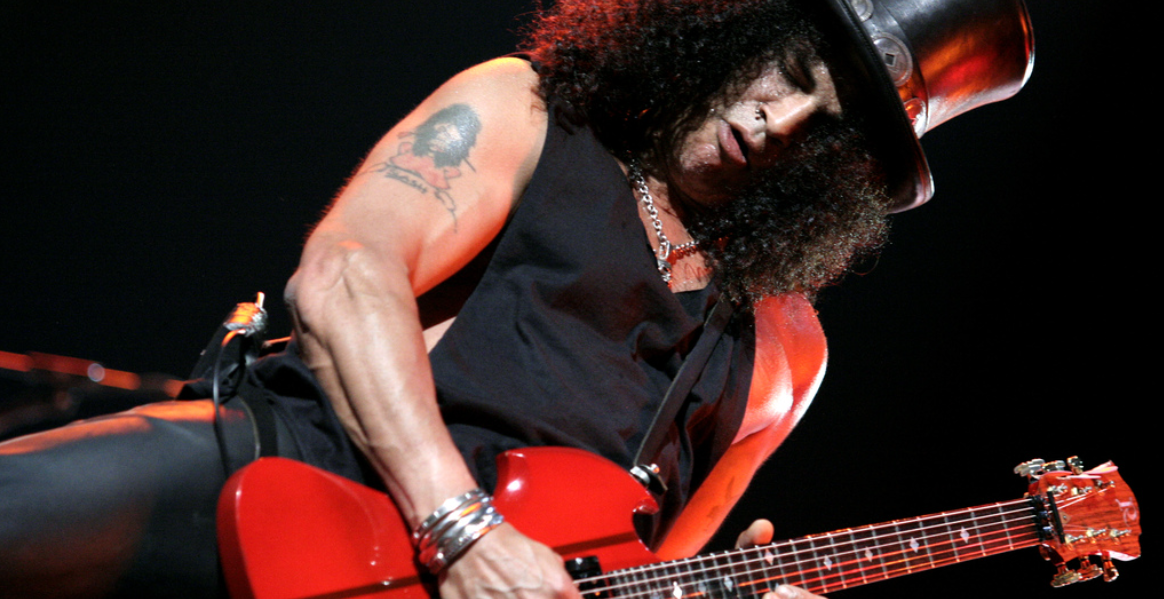
Discussing iconic guitar solos in music history and not including Slash would be a great disservice to the Guns N’ Roses guitar player. In the song November Rain, Slash includes three guitar solos and subverts expectations by juxtaposing the sentimental melody of the first two with the power and defiance of the final solo, proving you can always push further.
Free Bird – Lynyrd Skynyrd (Allen Collins and Gary Rossington)
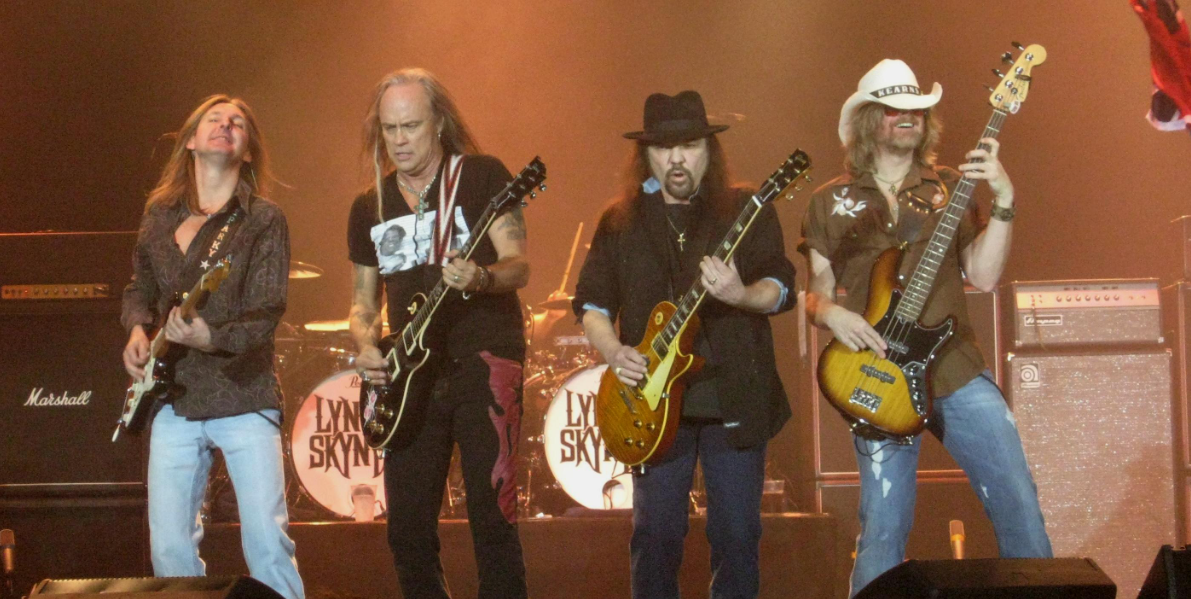
Free Bird is an unbelievable example of just how beloved raucous, extended periods of an electric guitar can be. In the latter half of this song by Floridian rock band Lynyrd Skynyrd, the guitarists battle axe back to back, feeding off each other’s energy – proving not just how iconic these musical moments can be, but also how beautiful collaboration can be.
Voodoo Child (Slight Return) – The Jimi Hendrix Experience (Jimi Hendrix)
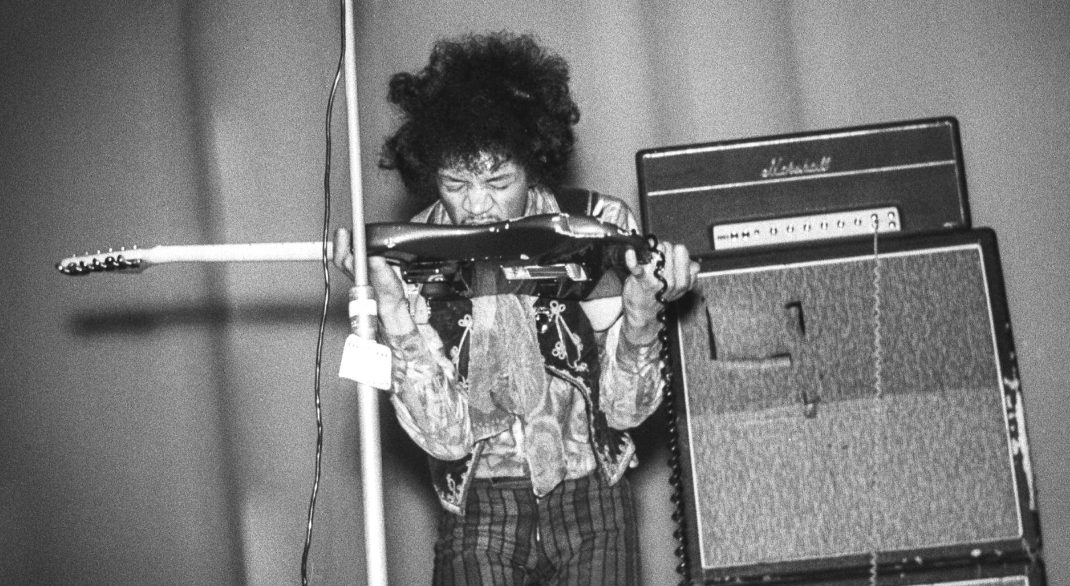
Voodoo Child is a perfect example of the way in which Jimi Hendrix’s guitar playing could change the world – or at least the rock world. Frank Zappa (known for his love of the wah-wah pedal and owning a special Maestro BG-2 Boomerang) is said to have inspired Jimi Hendrix to utilize the pedal but after Voodoo Child, it was Hendrix that really popularized the effect.
While My Guitar Gently Weeps – The Beatles (Eric Clapton)
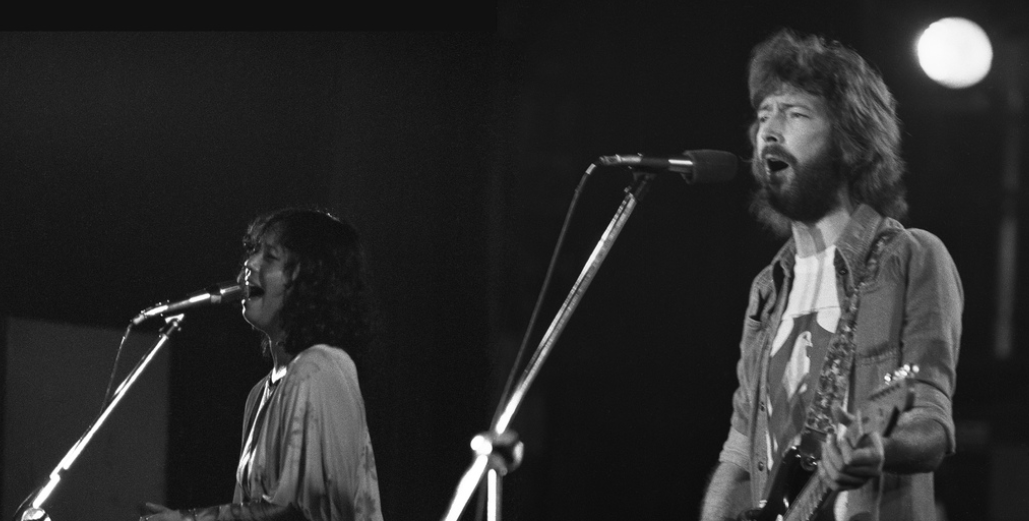
There is no denying the musical impact that The Beatles had on the world. They were the first real boy band to create mass hysteria – but even with that, they rarely featured other artists in their songs. Clapton agreeing to play on the song was a surprising move, and it’s considered by some to be the best guitar solo in the entire Beatles back catalog.
Hotel California – The Eagles (Don Felder and Joe Walsh)
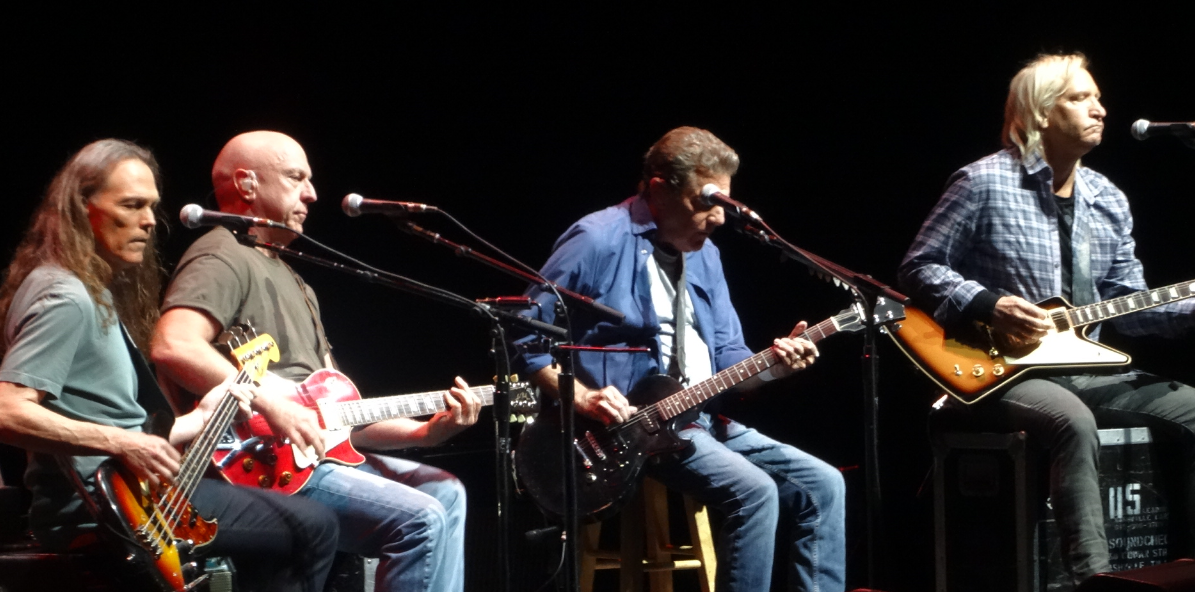
There is no way that you have been to a single party in the last 45 years and have never heard this song. Hotel California is more laid back than many of the songs on this list but just as beloved, even winning a Grammy for record of the year. The dueling guitar solos are fun and perfect for air guitar.
Sympathy For the Devil – The Rolling Stones (Keith Richards)
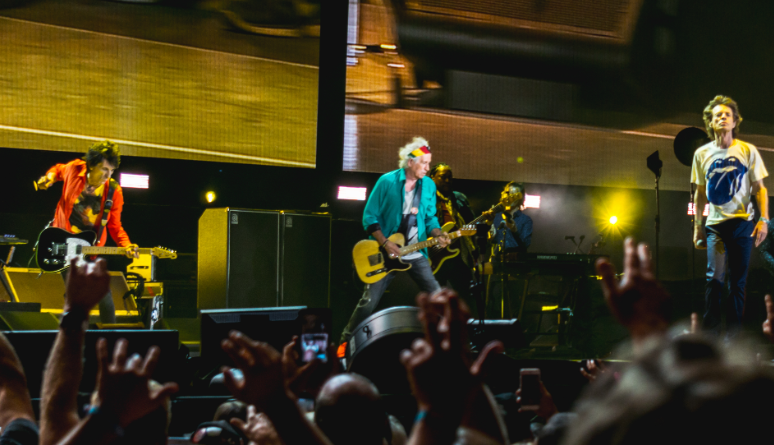
While frantic, high-energy rock and roll guitar solos are often remembered as some of the most impressive, Sympathy For the Devil proves that you can slow it down and switch things up but still impress. Keith Richards ensures the listener is constantly eager for his next note, keeping them hooked.
Johnny B. Goode – Chuck Berry
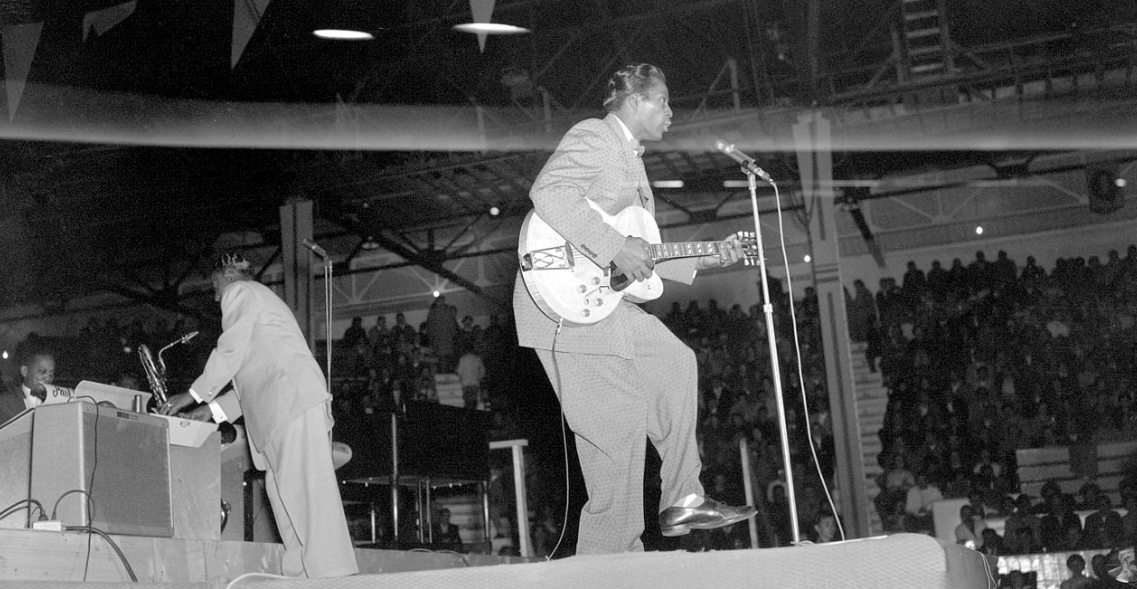
In the late ’50s, many black musicians were laying down the building blocks for what we would now know as rock ‘n roll. One of these musicians was Chuck Berry, who utilized an electric guitar in new ways (including a double stop) to create a distinctive sound that would in a few decades be copied by everyone.
Crazy Train – Ozzy Ozbourne (Randy Rhoads)
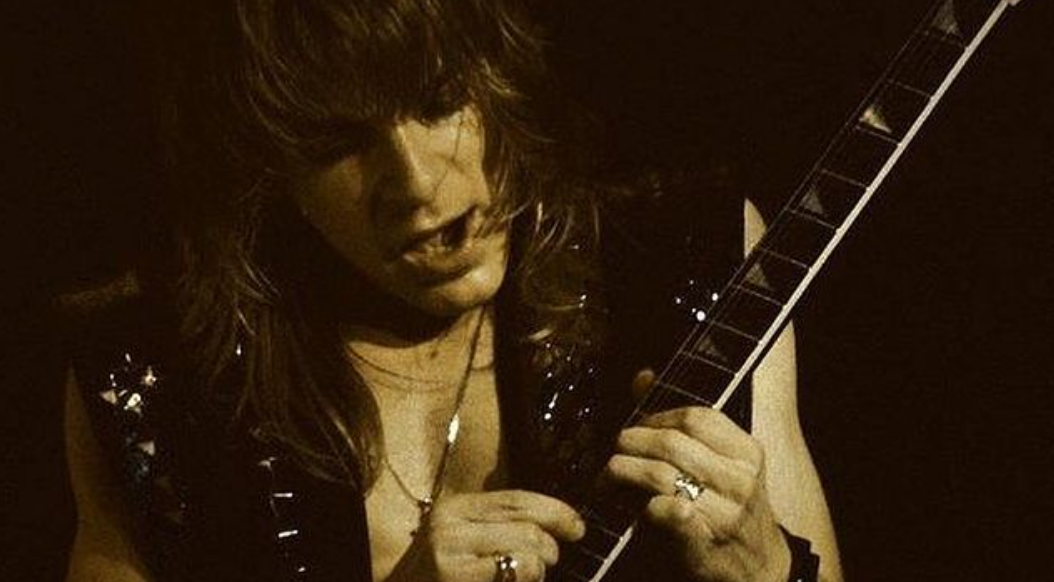
The ability to actually portray the content or subject of the song in the music is extremely impressive. So you can see why Crazy Train’s solo is so prized when you realize that by using a chromatically ascending trill that descends in key, Rhoads was able to replicate the sound of a train!
Sweet Child O’ Mine – Guns N’ Roses (Slash)
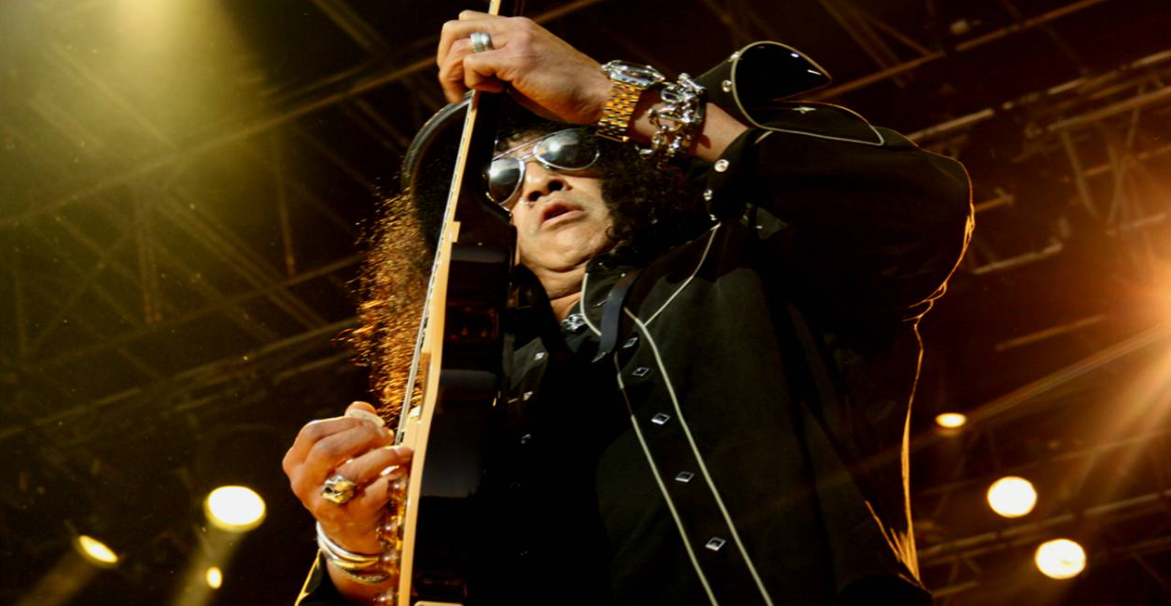
If it wasn’t for Slash’s riff, Sweet Child O’ Mine would not exist, which would be a real shame for rock fans. This solo stands in two parts, with the first played on the neck for warmth, and the second more aggressive, utilizing his bridge and the Cry Baby wah-wah pedal. But of course, as a talented guitar player, Slash can transition between them effortlessly.
Highway Star – Deep Purple (Ritchie Blackmore)
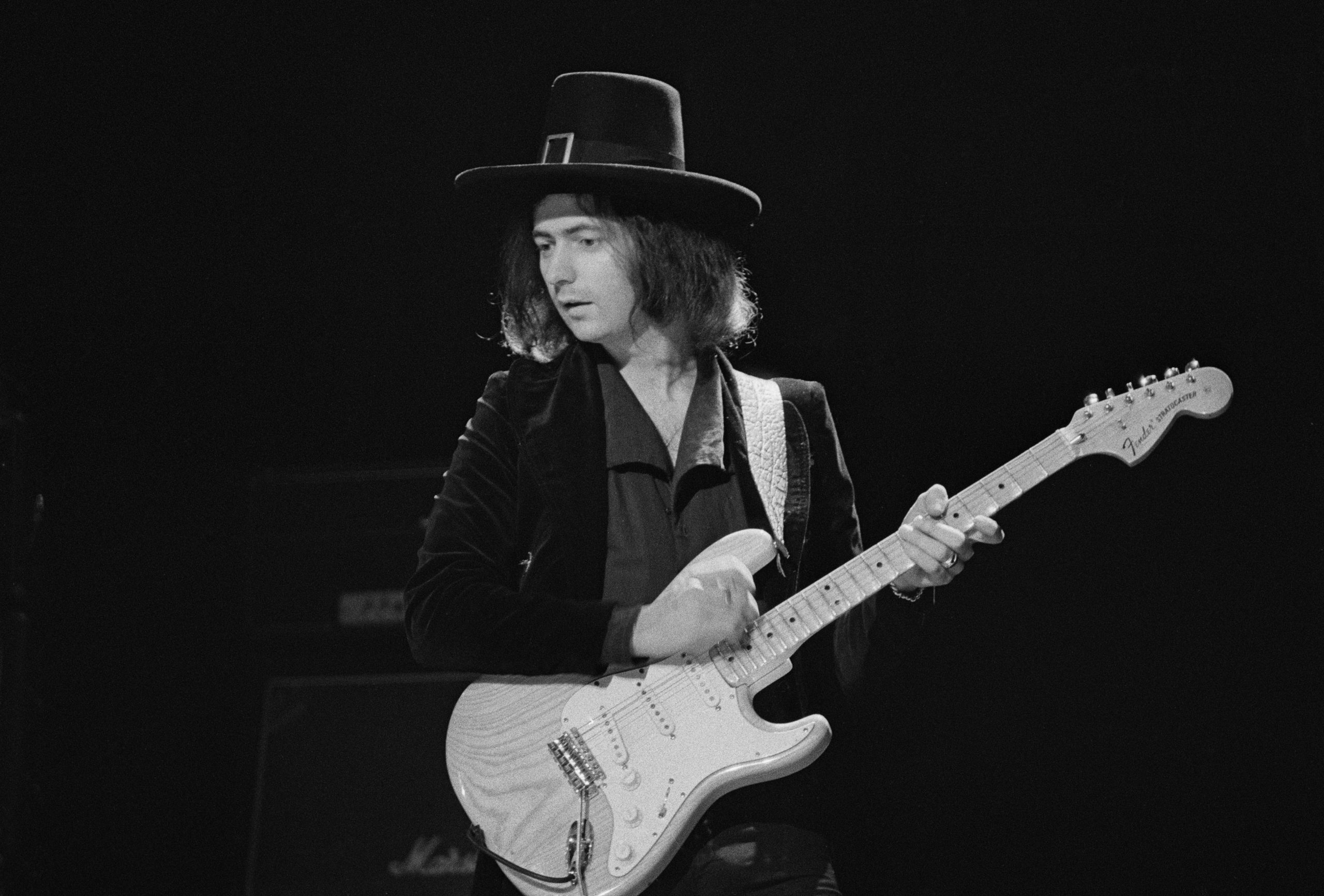
Guitar World voted this solo 15th on their list of top 100 guitar solos, boosting recognition and appreciation of this stroke of musical genius by Ritchie Blackmore. He wanted the solo to sound like a song you’d play in a speeding car, so (in a first for rock music) he utilized a Bach progression – D minor, G minor, C minor, A minor.
Crossroads – Cream (Eric Clapton)
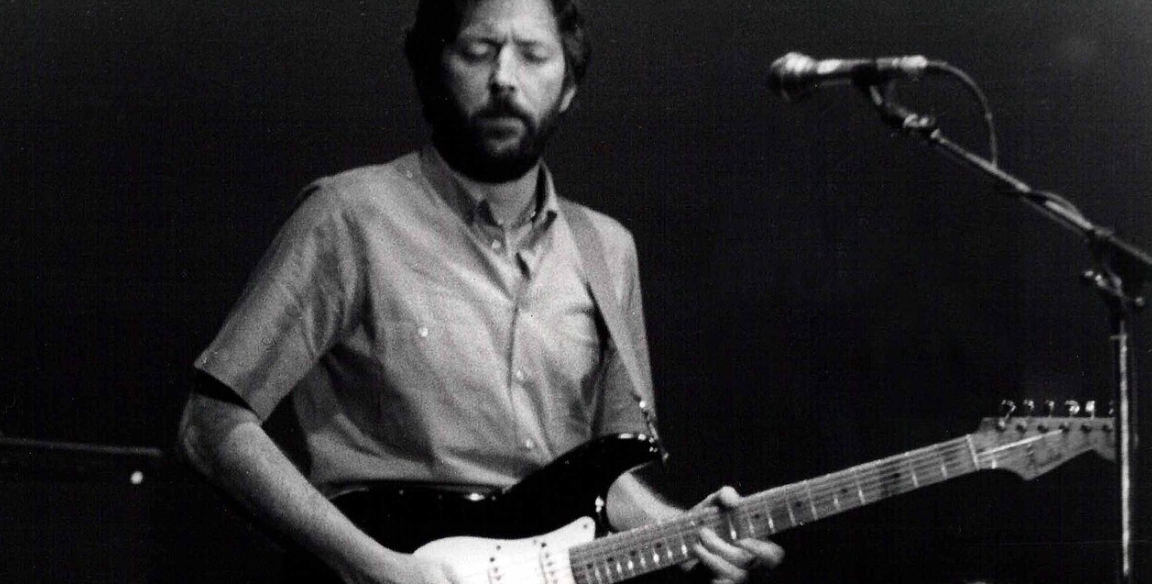
Sometimes considered one of Eric Clapton’s top guitar solos of all time, Crossroads is technically a cover of a Blues song, Crossroad Blues (as well as another Robert Johnson song Traveling Riverside Blues). For just the young Clapton, the musicality and sheer talent shines through this solo and it is incredibly impressive.
Kid Charlemagne – Steely Dan (Larry Carlton)
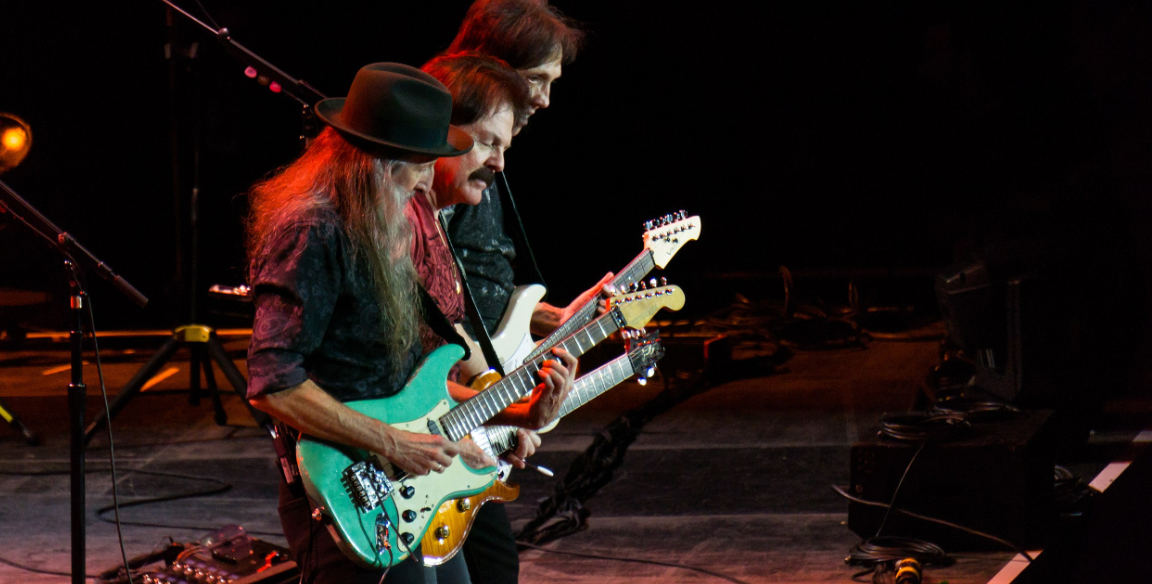
Larry Carlton, the guitarist for Steely Dan, doesn’t get the hype around his guitar solo in the song Kid Charlemagne, but he’s in the minority with that opinion. Fans and reviewers raved about his guitar work in this song, utterly unbelieving that the intense solo that constantly borders on the line of out of control and completely controlled was actually improvised.
Fives – Guthrie Govan
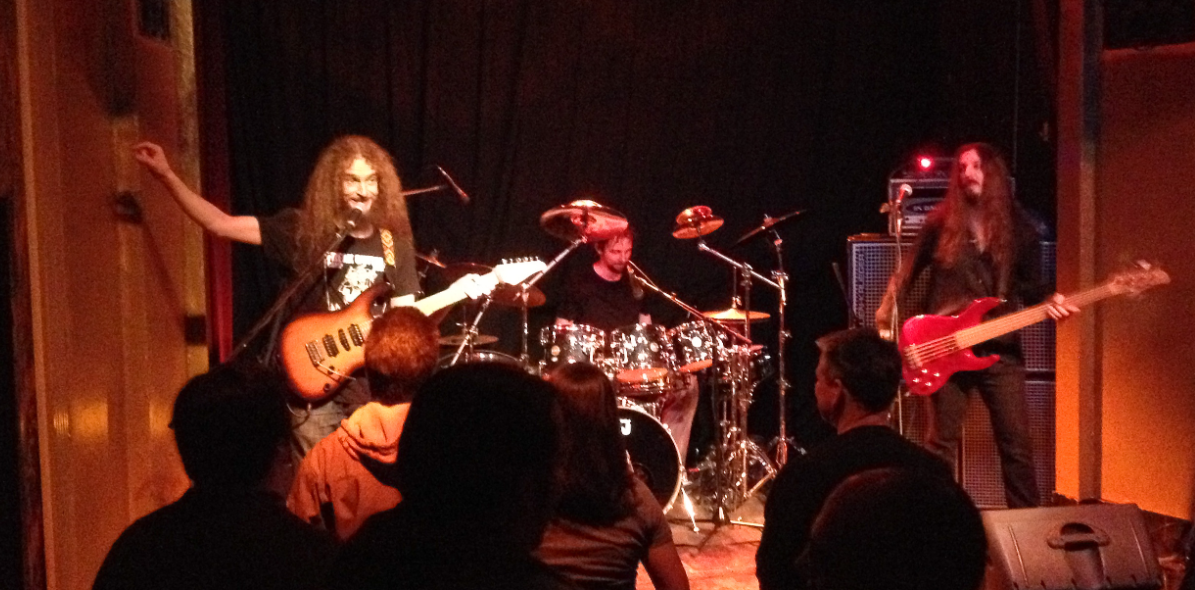
Louder Sound names Fives by Gurthie Govan as the number one most difficult guitar solo of all time. That’s a testament to how technically impressive and stunning the solo is. Govan is incredibly in-demand and has toured the world as the former guitarist in the Hans Zimmer Live band. Fives is a beautiful example of his talent and landed him a place among the all-stars.
Aviator – Polyphia (Jason Richardson)
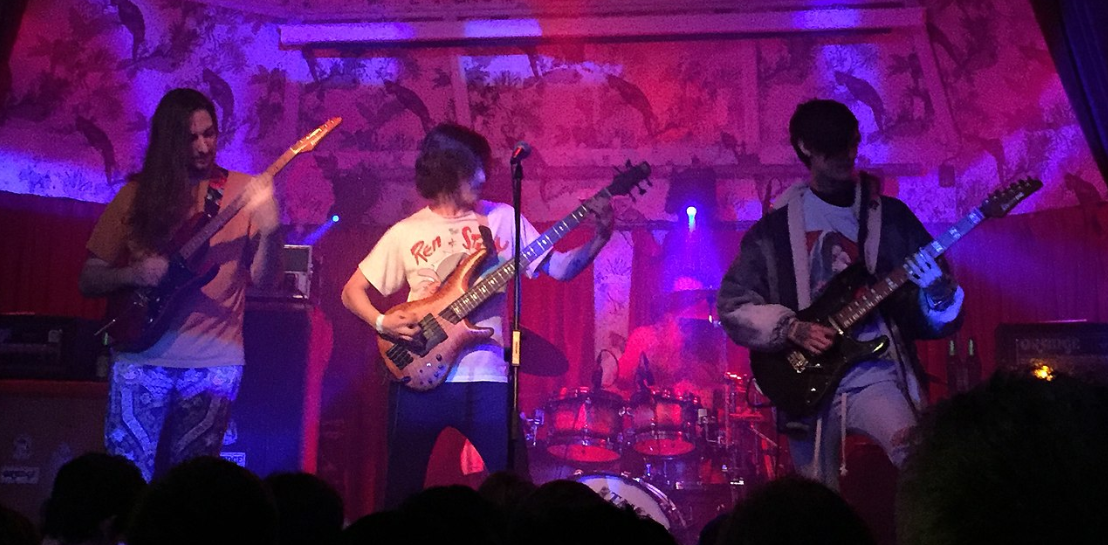
The progressive instrumental band Polyphia proved that some of the best guitar solos are yet to be played when they released Aviator with Jason Richardson. While the majority of guitar solos that changed the world were recorded in the 70s and 80s, this song was released in 2014, and former Chelsea Grin guitarist Jason Richardson blew everyone away with their solo.
Tornado of Souls – Megadeth (Marty Friedman)
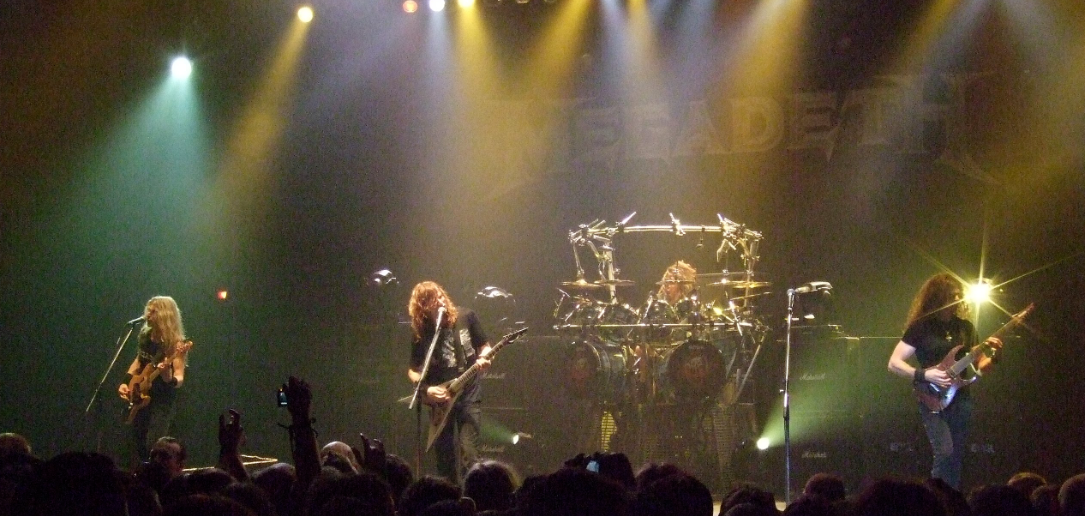
The American thrash metal band, Megadeth taught guitarists worldwide that combining methods and trying something new can result in real magic when guitarist Marty Friedman laid down the solo for Tornado of Souls. Friedman mixed far Eastern and Japanese scales with metal to beautiful effect in this song.
Domination – Pantera (Dimebag Darrell)
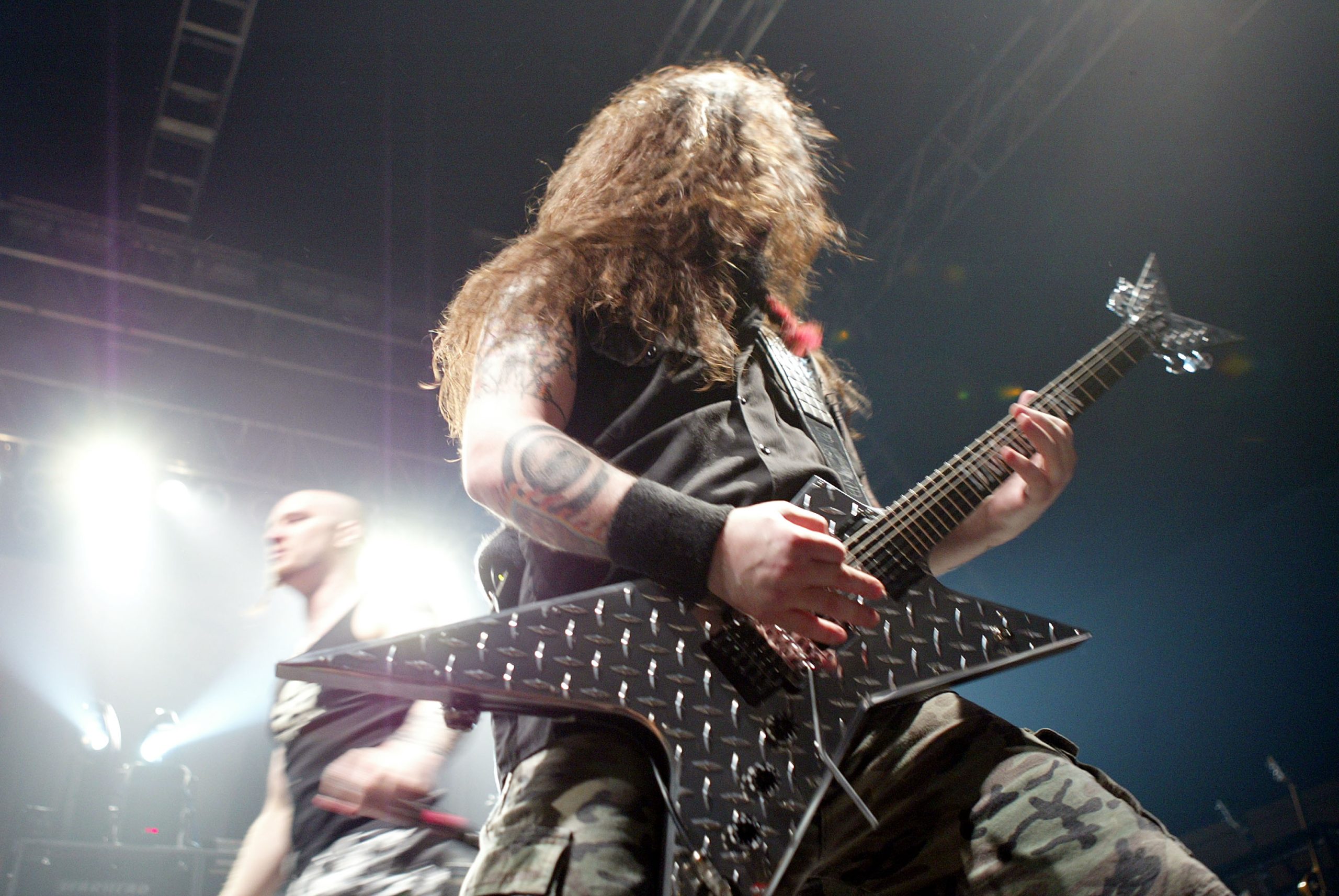
While the life of Dimebag Darrell ended in tragedy, he brought one of the heaviest and most brutal guitar solos into the world during his time as guitarist for the heavy metal band Pantera. Dimebag was considered one of the greatest heavy metal guitarists of all time, shredding at super impressive speed during his solo on Domination.
Beyond the Hourglass – I Am Ghost (Tim Rosales III)
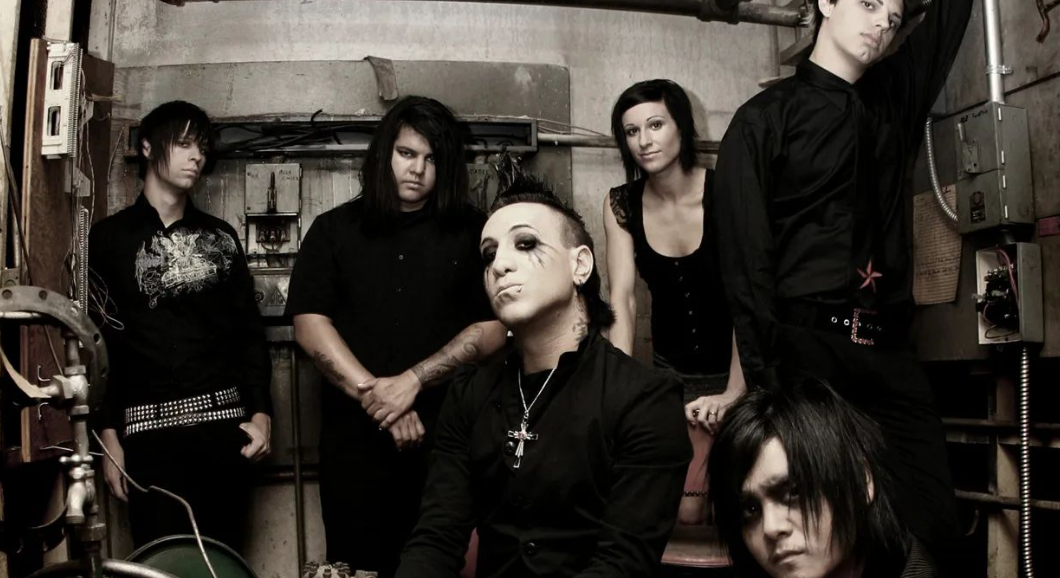
Post-hardcore as a genre may not have as many celebrated guitar solos as heavy metal or thrash metal, but I Am Ghost prove with Beyond the Hourglass that post-hardcore can still bring some impressive shredding. The solo in Beyond the Hourglass is extended and melodic, with violin playing accompanying the guitar to a beautiful effect.
Rainbow in the Dark – Dio (Vivian Campbell)
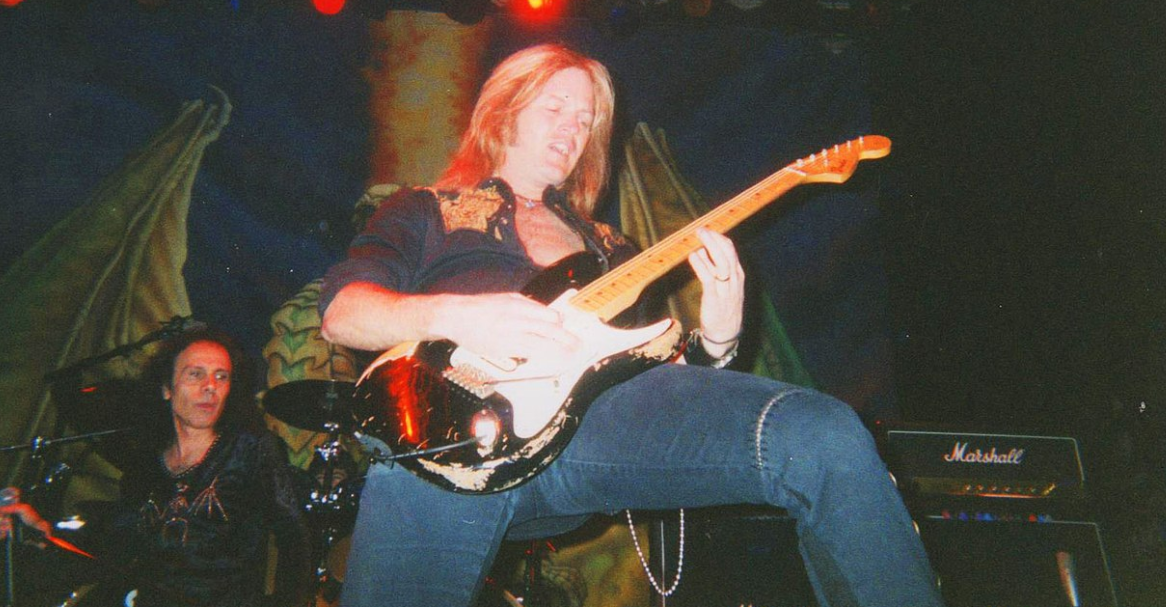
From his stints as front man of Rainbow and Black Sabbath, Ronnie James Dio sang alongside some of the greatest guitarists ever, so when he went formed his own band he was sure to hire the best. Vivian Campbell’s solo on Dio’s second single Rainbow in the Dark fast-paced and exhilarating with perfect technique – all the more impressive considering Campbell recorded it in one take.
Afterlife – Avenged Sevenfold (Synyster Gates)
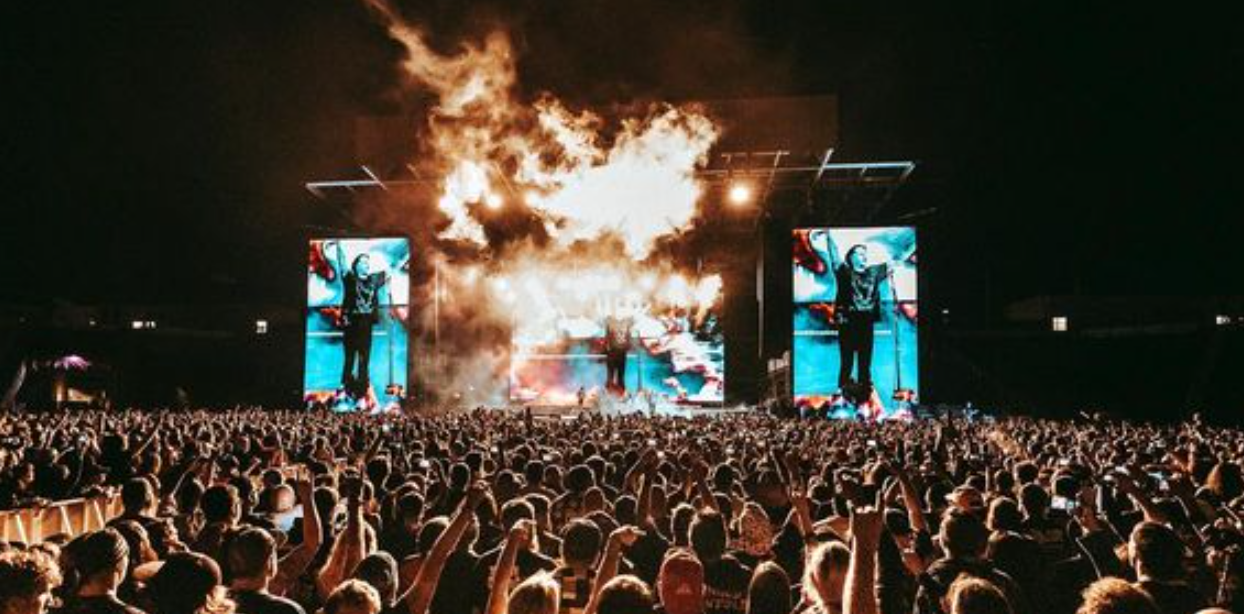
Synyster Gates has been called the ‘wizard’ for good reason. Able to play incredibly complex and high-paced guitar solos without breaking a sweat, Gates shows off his talent off to its full potential in Afterlife. The 2007 track is downloadable for Guitar Hero 5, so if you’re looking to see if you have what it takes you can try it out for yourself.
Sweetheart Land – George Barnes
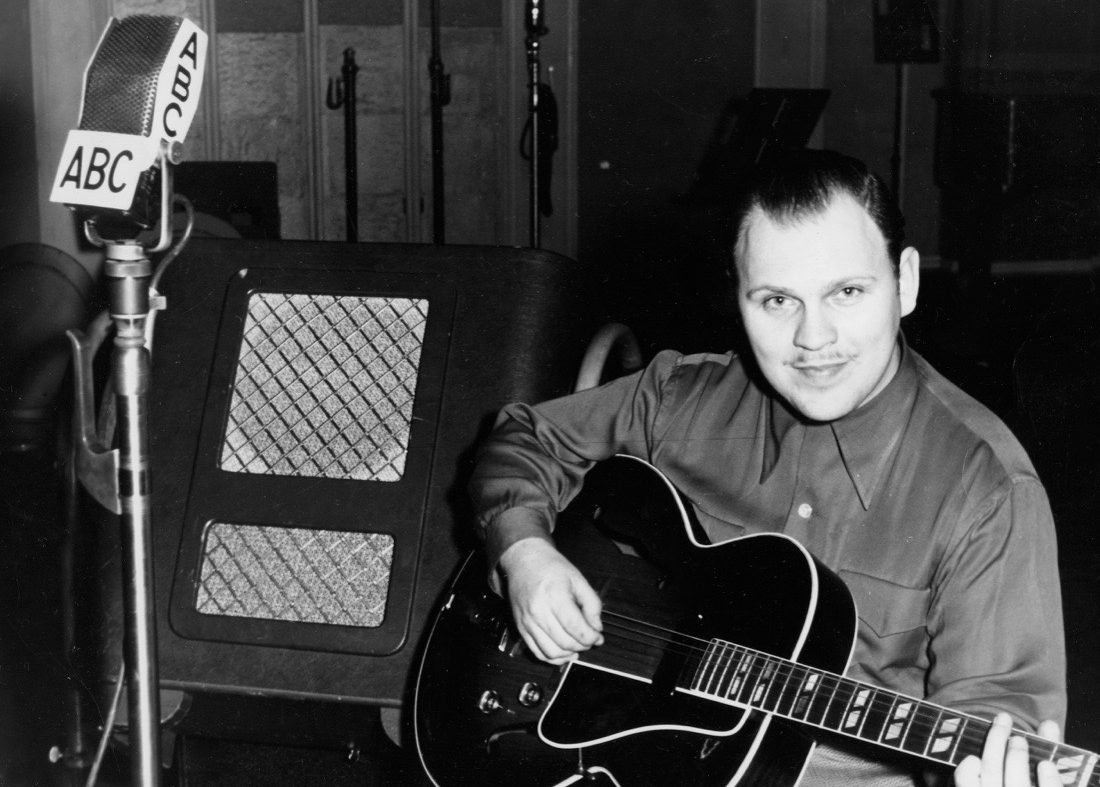
If you’re looking for a true guitar solo that changed the course of history in a good way then look no further than Sweetheart Land by George Barnes. Barnes was the first person to produce an electric guitar solo and recorded the track Sweetheart Land in 1938, setting the course for all rock and roll icons to come.
When Ya Get Drafted – Dead Kennedys (East Bay Ray)
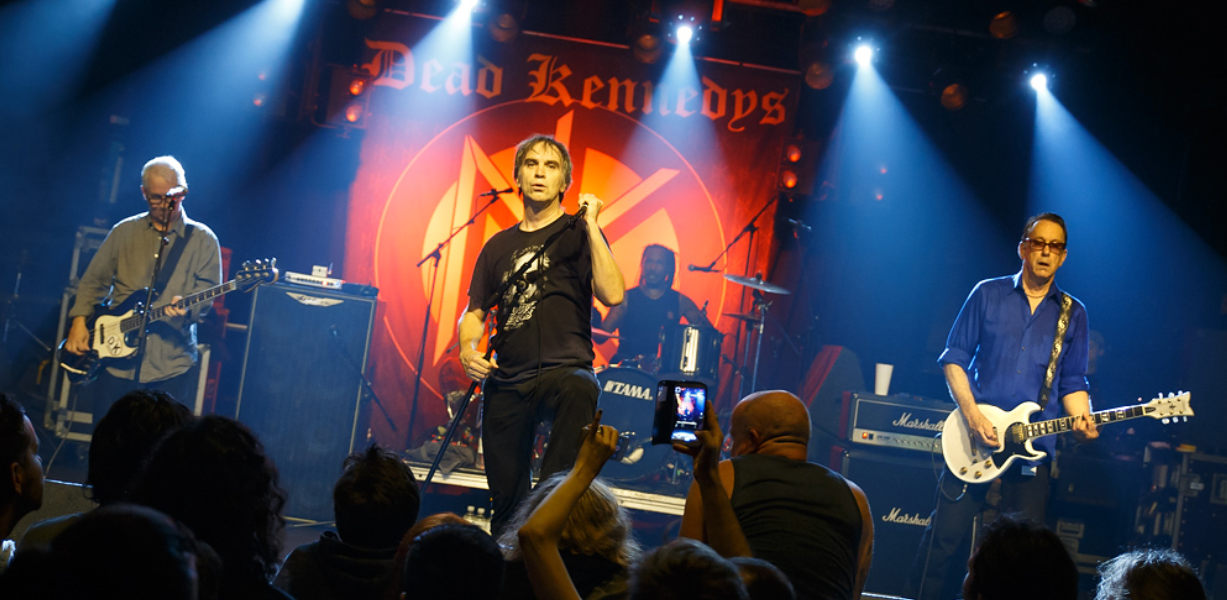
Punk music has changed the youth, created a culture, and spurred on movements and Dead Kennedys were integral to all of that. When Ya Get Drafted was a defiant call against war and the governing classes and the guitar solo is well regarded as one of the best as well as a rarity in hardcore punk. The song is high-powered, full of spirit, and fast-paced.
I Want To Conquer The World – Bad Religion (Brett Gurewitz)
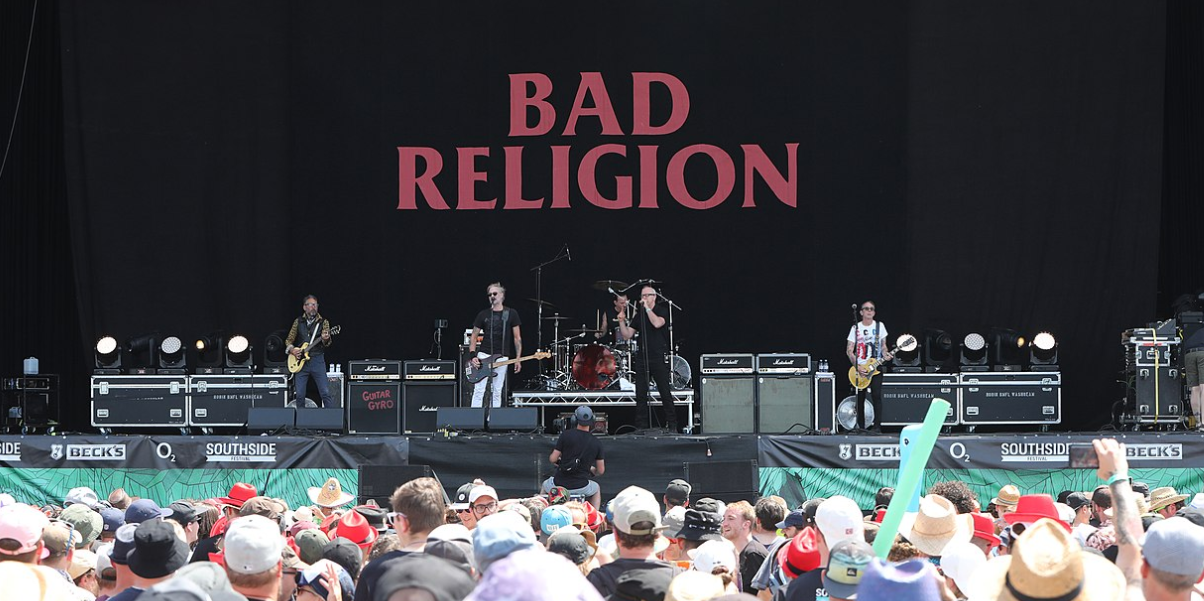
Many punk rock fans would claim that guitar solos are unbefitting of the genre, but Californian punk rock band Bad Religion would beg to differ. The guitar solo in their 1989 song I Want to Conquer The World is loved by fans, both complimenting the almost poetic, defiant lyrics and proving that punk bands can defy genre conventions.
La Grange – ZZ Top (Billy Gibbons)
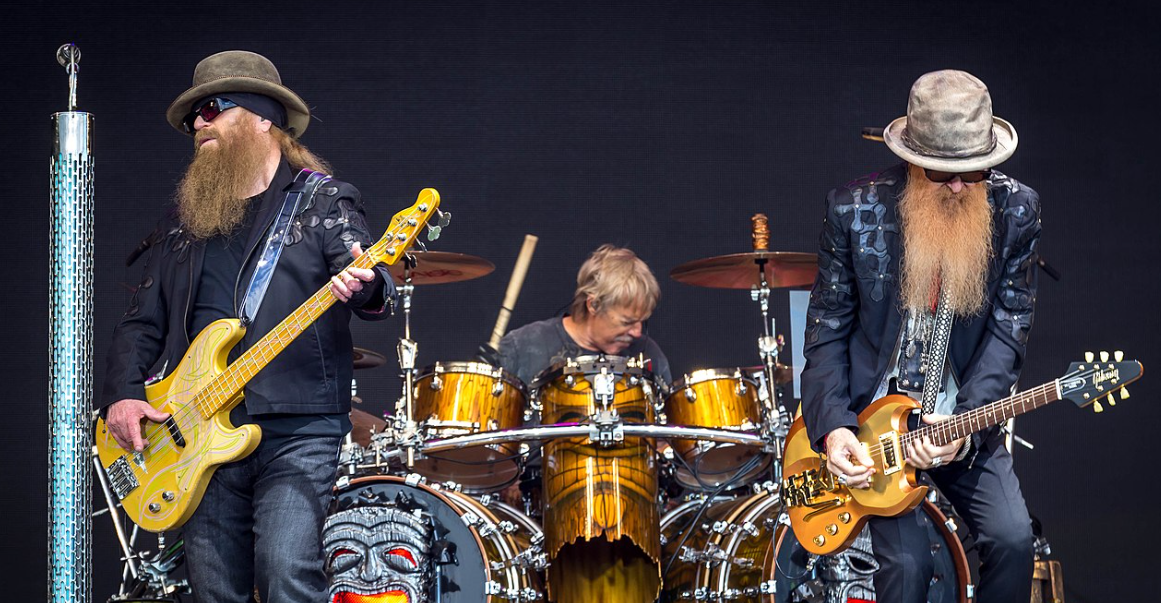
Billy Gibbons is a musical icon. The vocalist and guitarist for ZZ Top recently named the solo in La Grange as one of his favorites, perhaps because the song ended up becoming the band’s breakout hit, solidifying them in rock history and inspiring countless bands to come.
Back in Black – AC/DC (Angus Young)
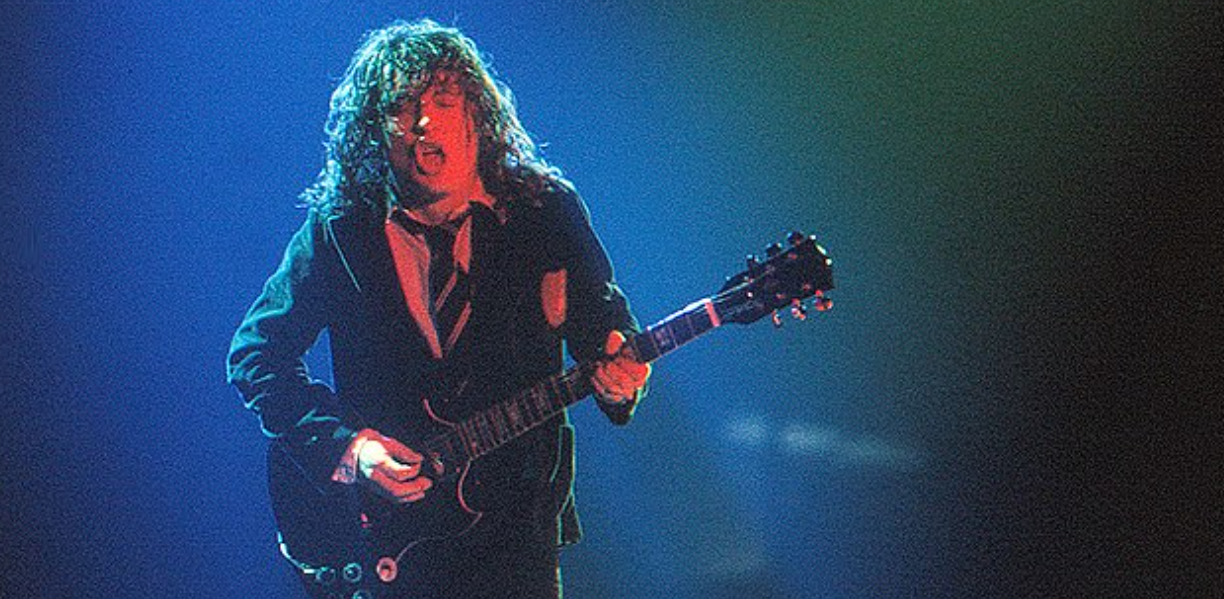
Guns N’ Roses guitarist and rock music legend Slash has declared Angus Young’s solo in AC/DC’s 1980 track Back in Black as his all-time favorite, calling the song a battle cry for rock and roll and heavy metal at the time. It’s an incredibly difficult solo, still pushing guitarists to this day, and who knows what modern rock would sound like without it.
I Believe In A Thing Called Love – The Darkness (Justin Hawkins)
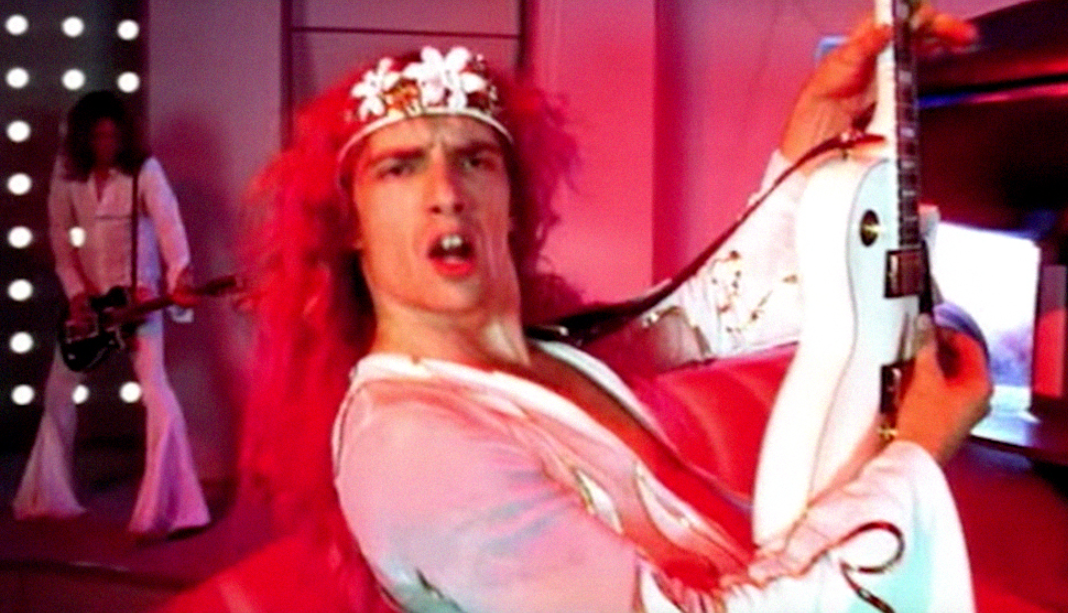
When The Darkness burst onto the British rock scene in 2003, they were a breath of stadium-flavored fresh air, going against the indie grain with their Queen-inspired music. Justin Hawkins’ ambitions were big with I Believe In A Thing Called Love. He knew he needed a solo as the cherry on top, and what a cherry it turned out to be.
Paranoid Android – Radiohead (Johnny Greenwood)
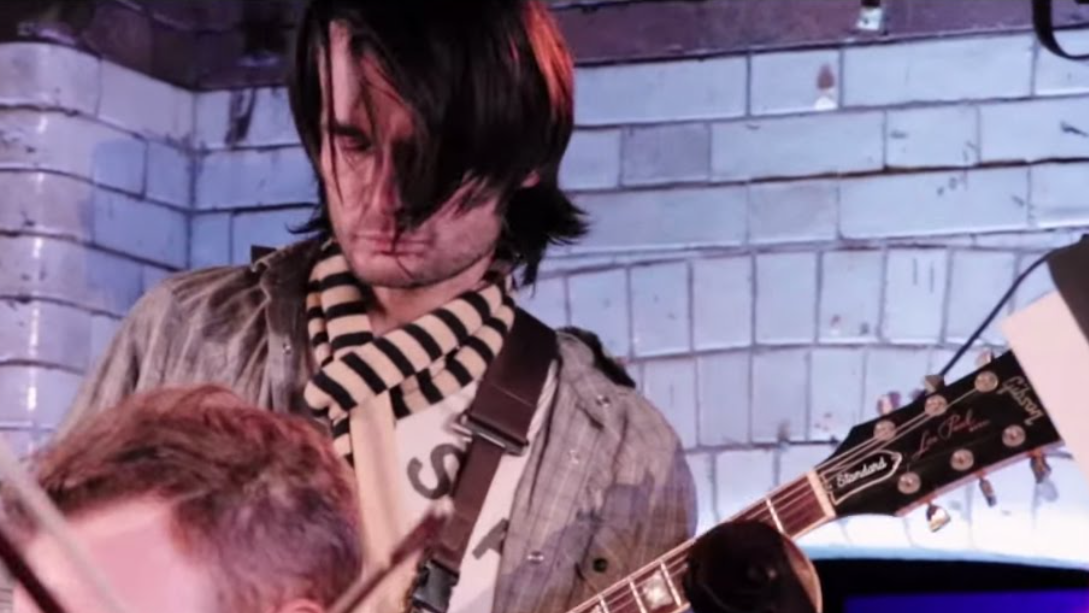
Anti-solo, anti-rock, anti-enjoyment legends Radiohead made a conscious effort to avoid any of the glam-metal indulgences that came before them, though they did have their moments. Johnny Greenwood’s solo in Paranoid Android is a great example of man’s weakness for guitar solos. And for sheer noise, come to think of it.
Flying In A Blue Dream – Joe Satriani
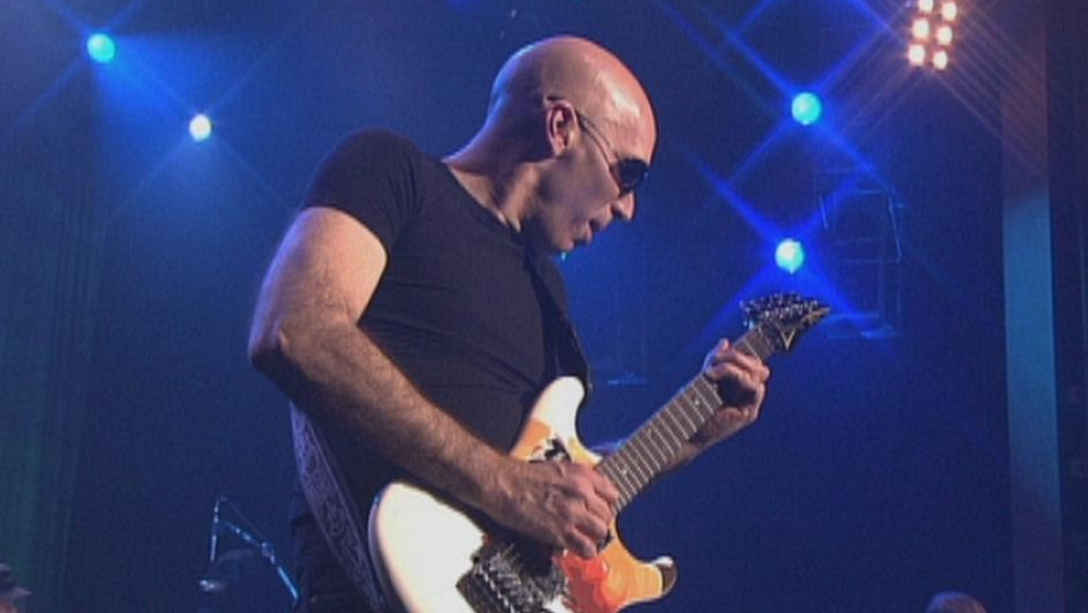
Joe Satriani was among the most admired guitar heroes to emerge in the 1980s, While his licks may be hard to mimic, Satriani’s vibrato, slides and masterly use of the Lydian mode is something that every budding guitar player can learn something from. His 1989 track Flying In A Blue Dream has, conveniently, a dreamlike quality that rewards the listener and then some.
Gravity – John Mayer
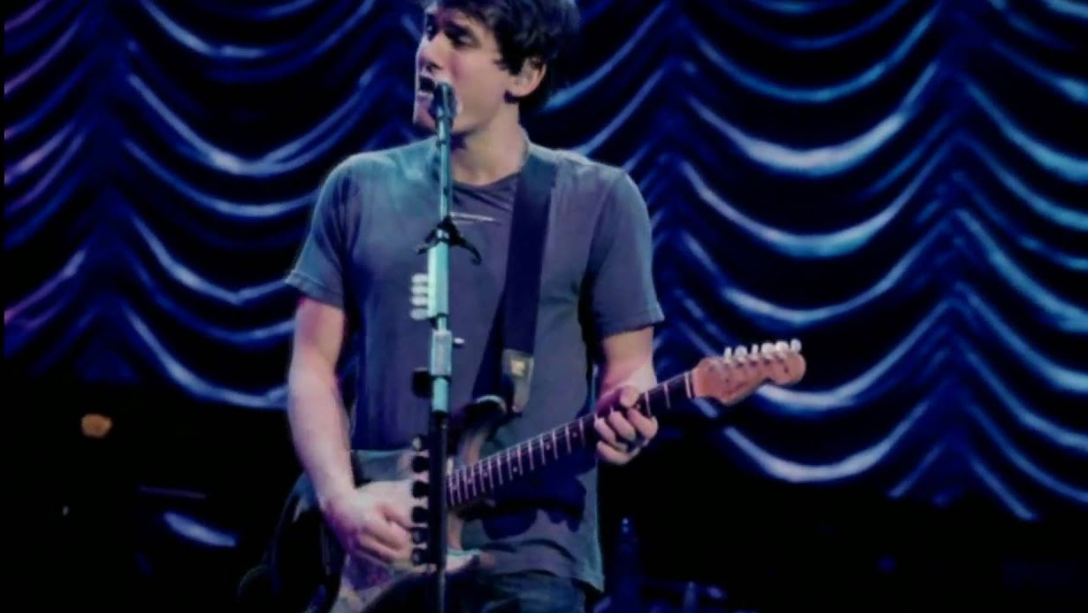
John Mayer may have a reputation as a bit of a try-hard when it comes to public image. But his work speaks for itself, with Gravity being a highlight. Nobody since Peter Green has made a Stratocaster sound so crisp and inviting. These guitar licks are overwhelming but pure, earning Mayer a place in blues history.
Lenny – Stevie Ray Vaughan
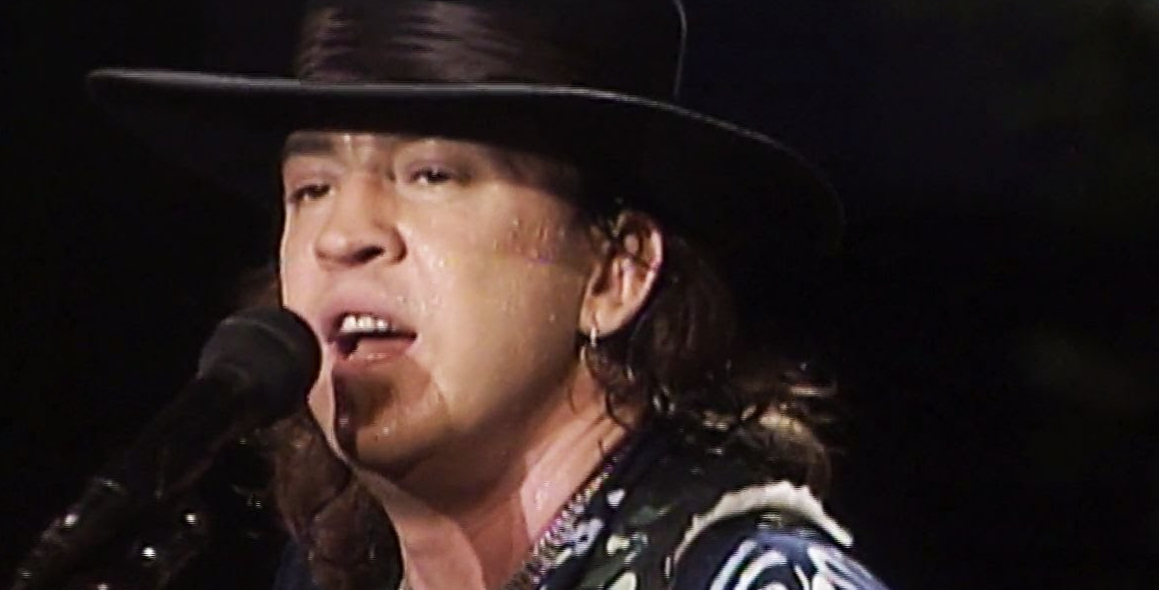
What makes Lenny so special is that it was written out of gratitude. Steve Ray Vaughan was broke, so his wife Lenora got all his friends to pool together money to buy him a 1965 Strat he’d seen in a pawn shop. The gesture moved Stevie so much that he wrote Lenny the same night. This is how you combine pick and fingerwork, people.
Under A Glass Moon – Dream Theater (John Petrucci)
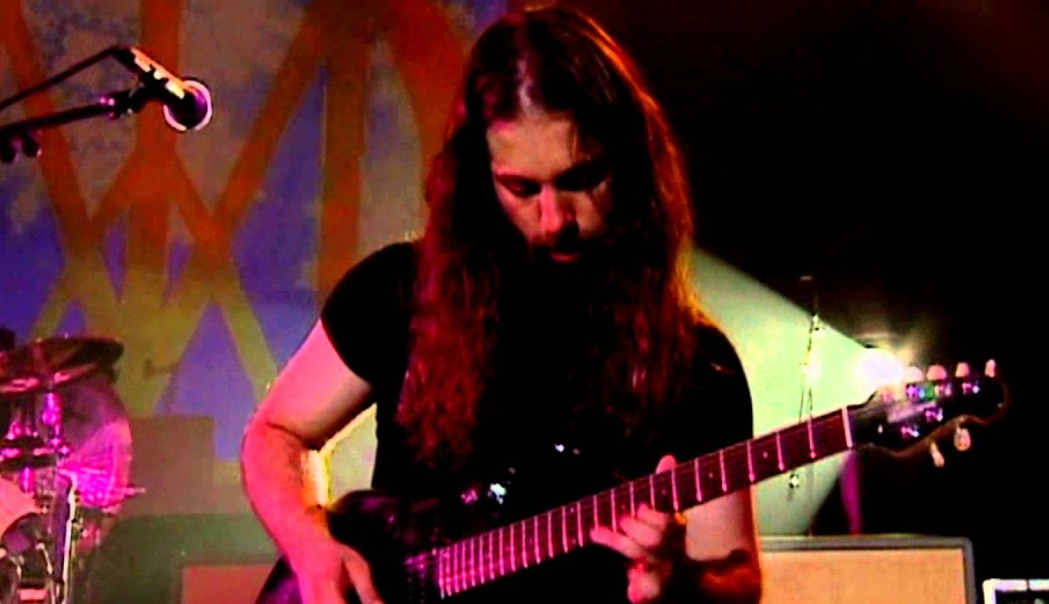
If you’re a bit of a dilettante when it comes to shredding, just do yourself a favour and listen to this 1992 song from progressive metallers Dream Theater. It will teach you everything you need to know. Even if your destiny isn’t to play the guitar like John Petrucci, you can sit back and enjoy everything he has to offer, which is an awful lot.
Europa – Carlos Santana
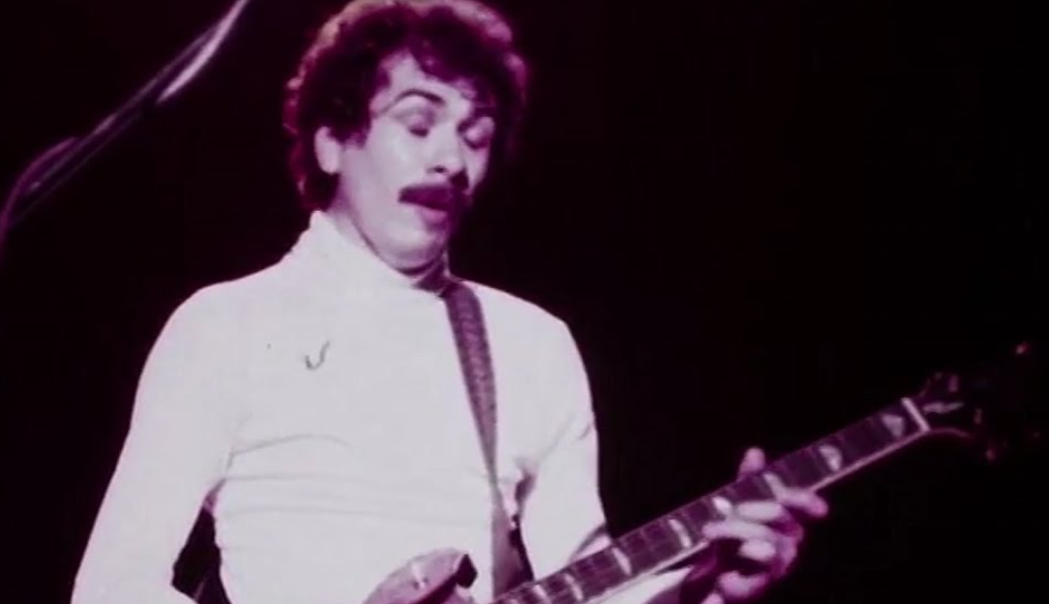
It feels like almost all of Carlos Santana’s songs are just elongated solos. Europa, from his 1976 album Amigos, is a case in point. This five-minute instrumental garnered commercial success, believe it or not. After seducing listeners in the first half, Santana then fires on all minor key cylinders.
Nutshell – Alice in Chains (Jerry Cantrell)
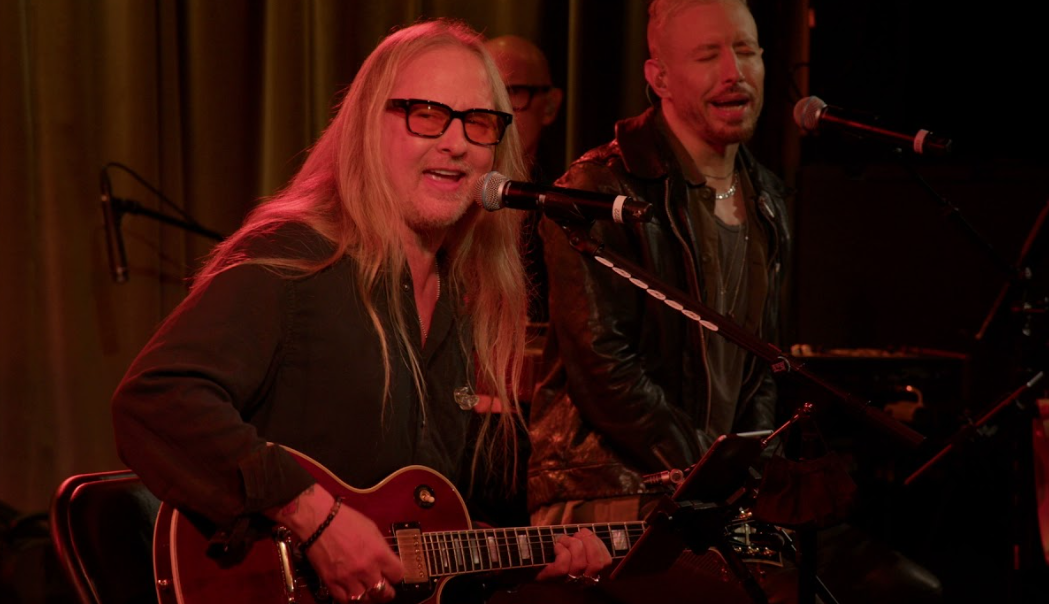
Nutshell has been voted one of the saddest songs of all time, which makes sense for a grunge-era band. But the guitar work by Jerry Cantrell is quite metally and ambitious. This combination of delays and pentatonic licks engages the listener, even long after Cantrell abruptly stops playing.
The Thrill Is Gone - BB King
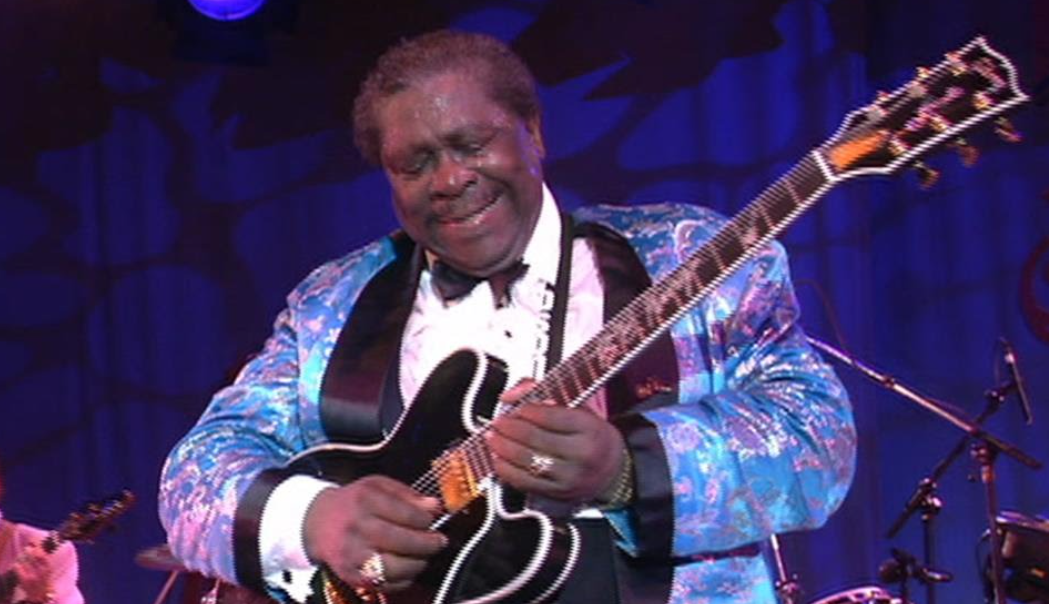
Everyone knows blues legend BB King is one the most influential guitarists of all time, so seeing The Thrill Is Gone here should come as no surprise. Across this track, King manages to squeeze in several stupefying licks that other guitarists would dine out on for the rest of their careers. Not for King. This is just another day at the office.
Limelight - Rush (Alex Lifeson)
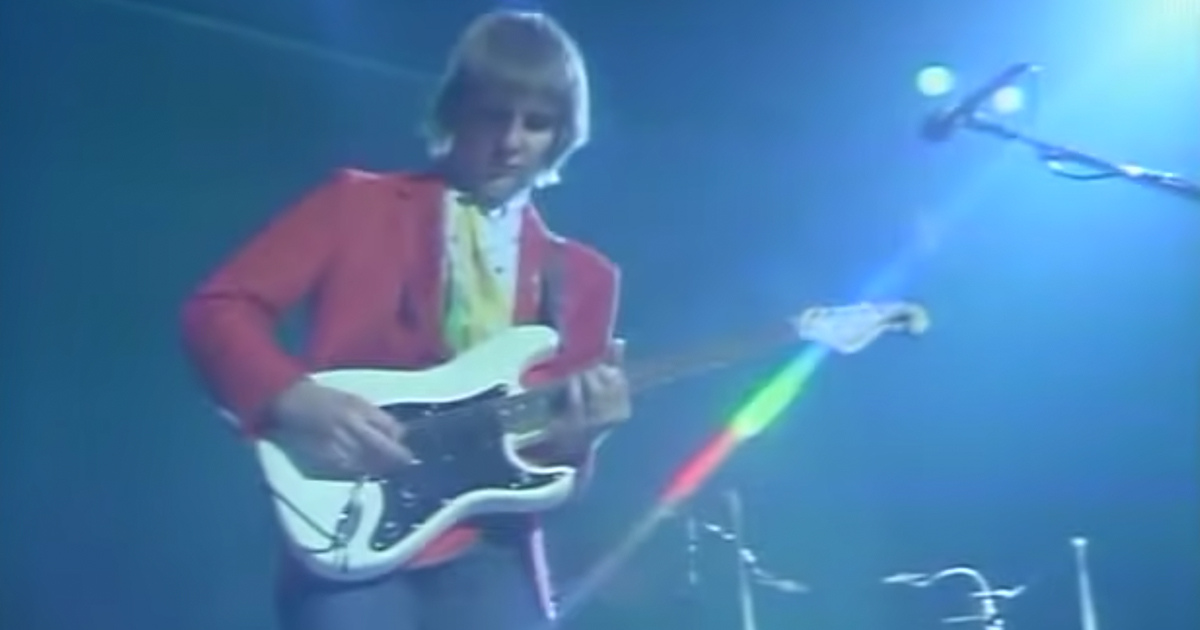
Alex Lifeson’s approach with the solo on Limelight was to make it as fluid as possible. While balancing the delay repeats and reverb was tricky, Lifeson and his Rush band mates eventually came away with something special. Ever humble, the guitarist attributes the solo’s success to his gear, a customised Fender Stratocaster (nicknamed the Hentor Sportscaster) and a Marshall Club amp.
Walk This Way – Aerosmith (Joe Perry)
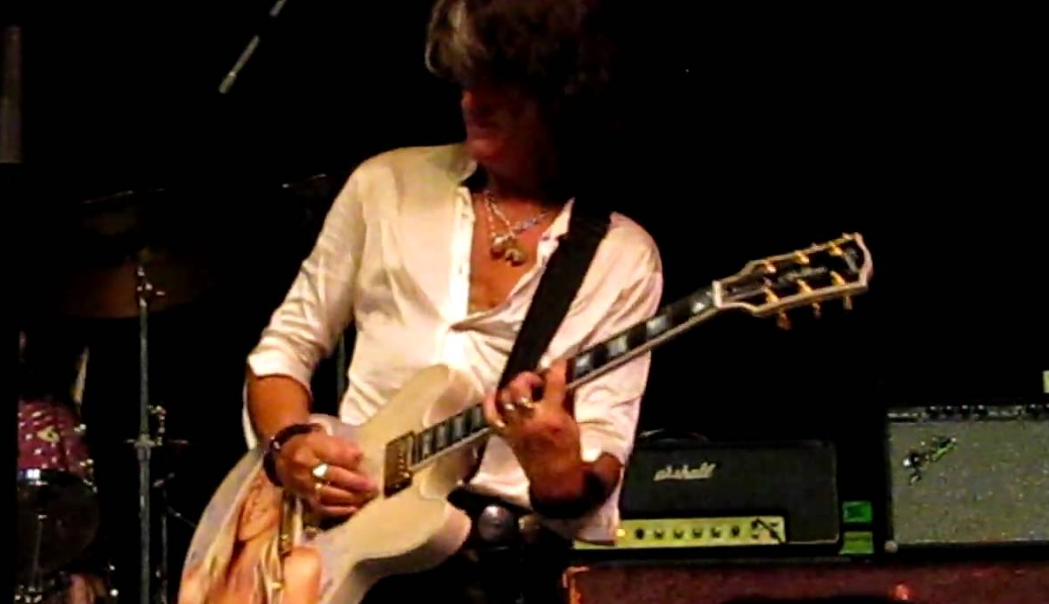
Walk This Way is not just one of Aerosmith’s best, but one of best rock songs period. Even before it was complimented by the 1986 Run-DMC collaboration, this 1975 track purred like all great rock riffs. You can tell just how much fun Joe Perry is having with the solo even if the words “C minor pentatonic shape 5” mean nothing to you.
Alive – Pearl Jam (Mike McCready)
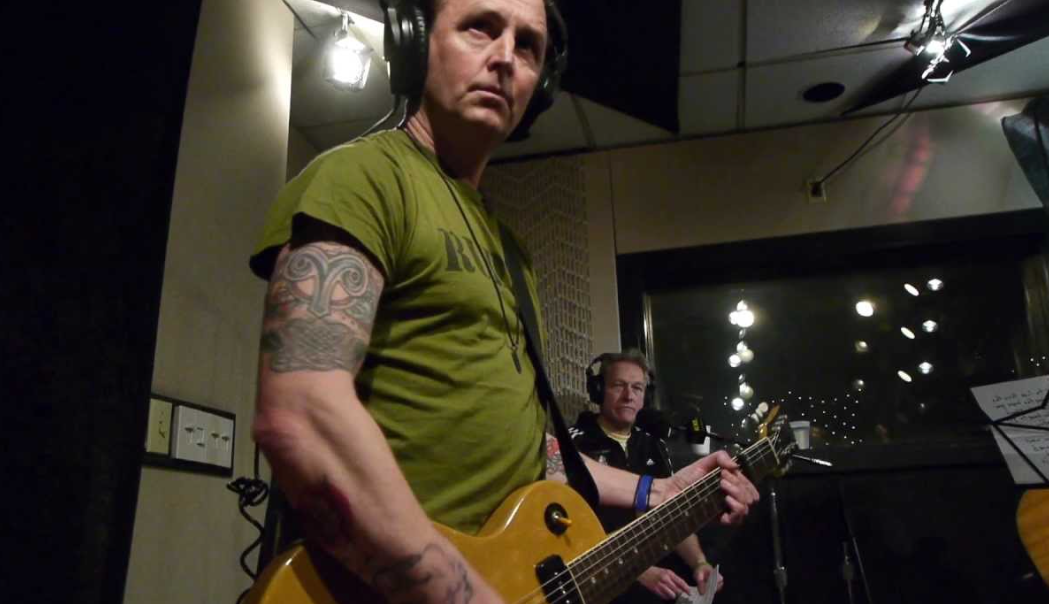
Pearl Jam’s angsty lyrics and slacker wardrobe may have pigeonholed them to the grunge movement, but the truth is they wrote huge anthems that would never look out of place in a stadium. Alive, from their 1991 debut album Ten, is one song that proves this. Mike McCready rips it up with the best of them, even referencing Kiss’ Ace Frehley in his solo.
Floods – Pantera (Dimebag Darrell)
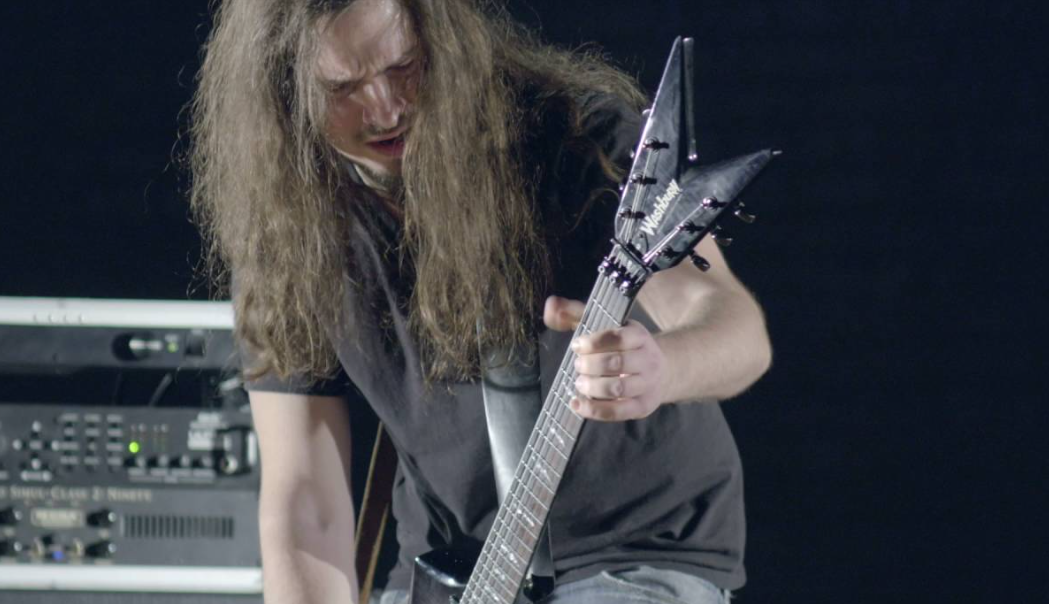
Floods (from Pantera’s 1996 album The Great Southern Trendkill) begins fairly straightforward and atmospheric. Dimebag Darrell distinguishes himself from his metal contemporaries with more of a blues-influenced hook. And then the solo comes, and normal business is resumed. You can hear the huge Van Halen influence in his playing, with all the bending and screeching string work.
Something – The Beatles (George Harrison)
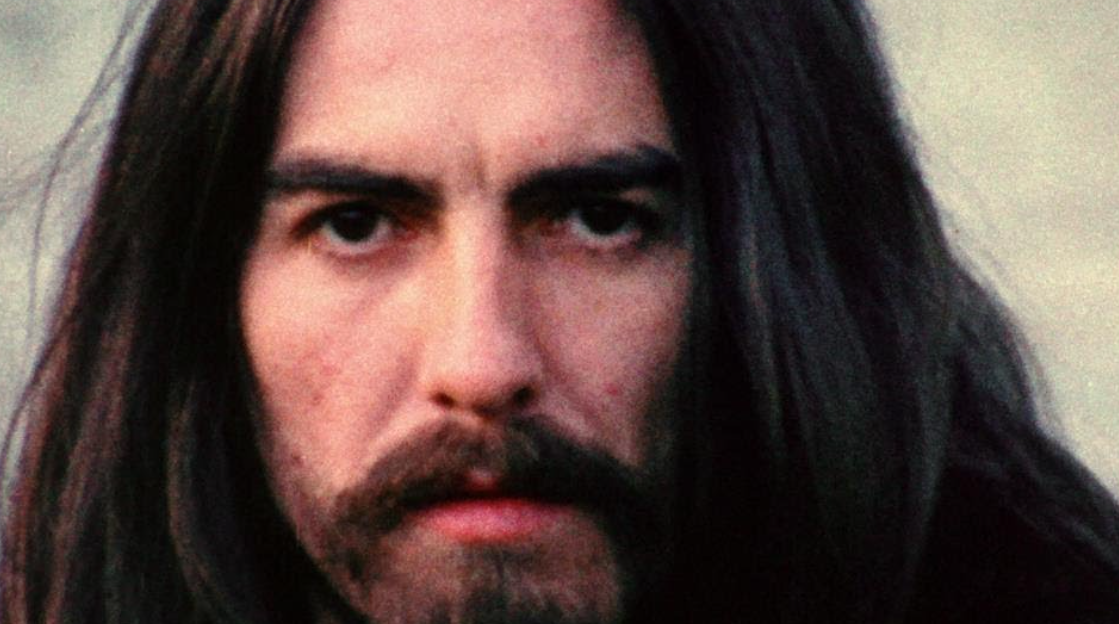
George Harrison, largely overshadowed by Paul McCartney and John Lennon during the majority of the Beatles’ time together, was allowed to express himself with the likes of Abbey Road. Something, which Lennon called the best song on the album, is about as beautifully simple as it gets, including the guitarist’s simple yet soulful lead work.
Maggot Brain – Funkadelic (Eddie Hazel)
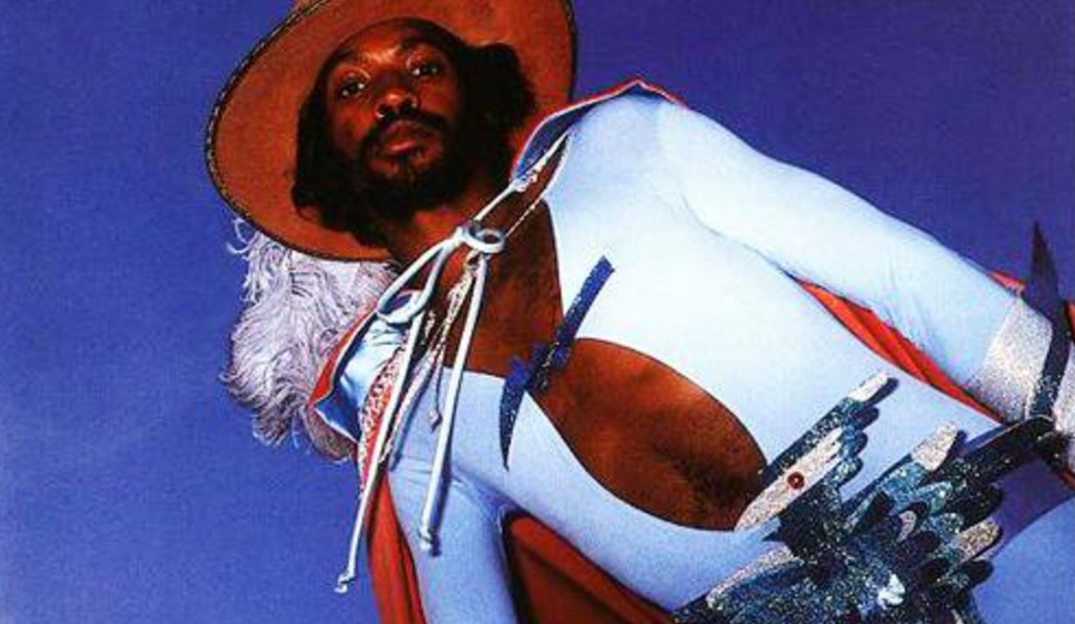
After Hendrix’s death in 1970, rock was screaming out for a worthy successor. Eddie Hazel, whether he liked it or not, was chosen. Thus was born Maggot Brain, a ten-minute improvisation recorded in one take. Hazel employs all the same kinds of wah-wah and fuzz box that Hendrix did, but it’s impressive all the same.
Layla - Derek and the Dominos (Duane Allman)
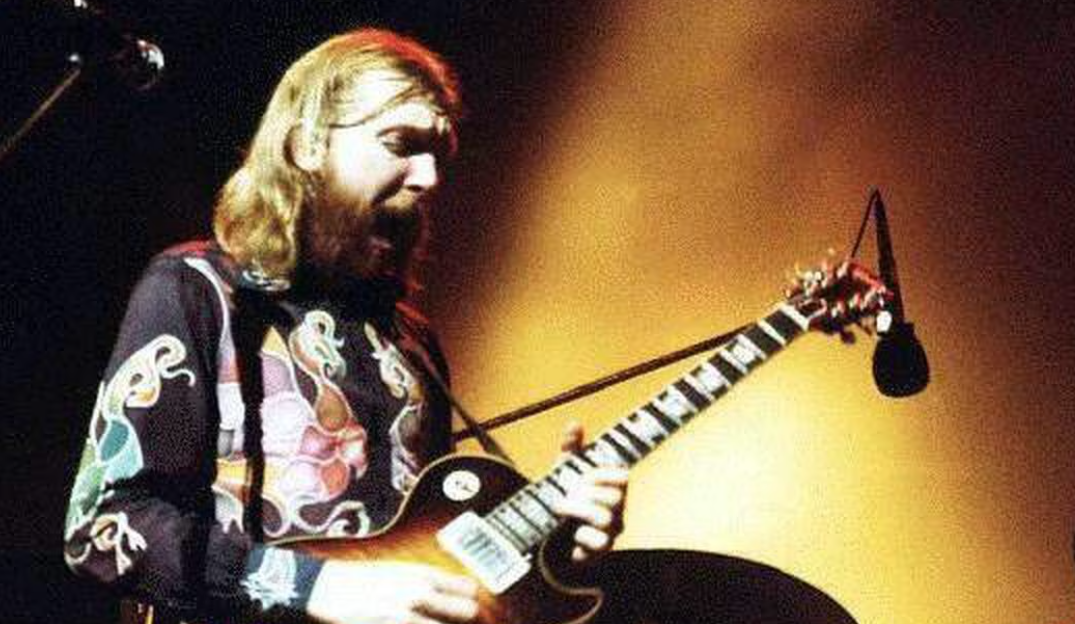
That’s right. Duane Allman. Eric Clapton rules the roost in the first half of this 1971 song, but as for the iconic outro slide solo, that’s all Duane. Bear in mind, most of this solo is played above the 20th fret, so you can forgive the occasional off-pitch blunder. This outro remains unrivalled. Just ask Martin Scorsese, who used it in his classic movie Goodfellas.
Hanger 18 - Megadeth (Marty Friedman)
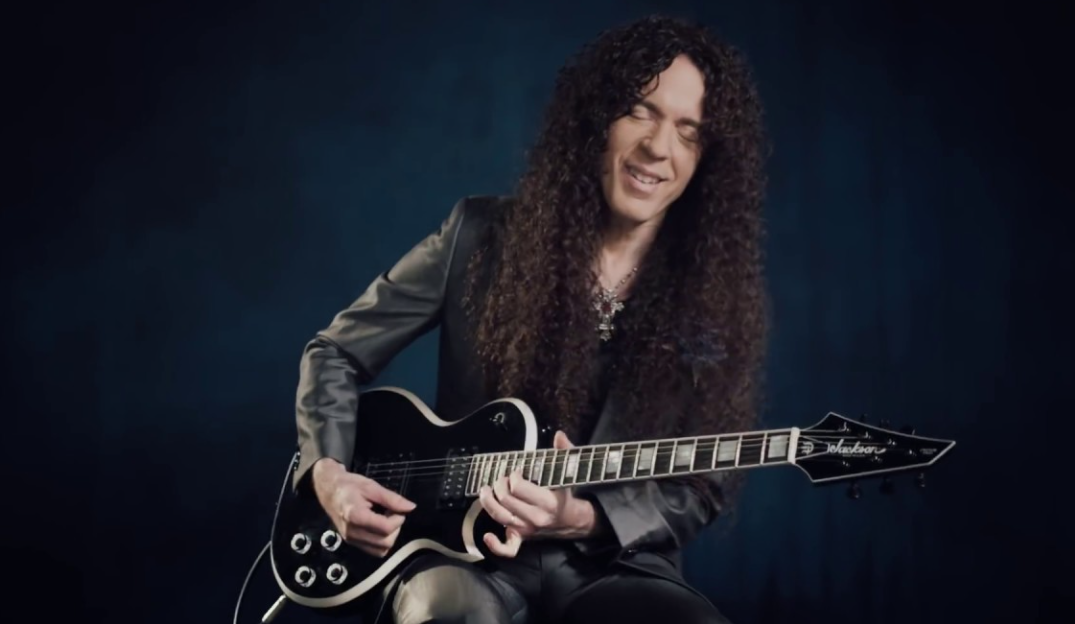
Marty Friedman is still one of the technically gifted guitarists in the game. There are too many examples of his work to be named on this list, in honesty. This time round it’s the solo from Hanger 18. Just as fast and unique as any of his others, it’s a remarkable feat from someone who says they don’t listen to a lot of guitar-based music.
Parabola - Tool (Adam Jones)
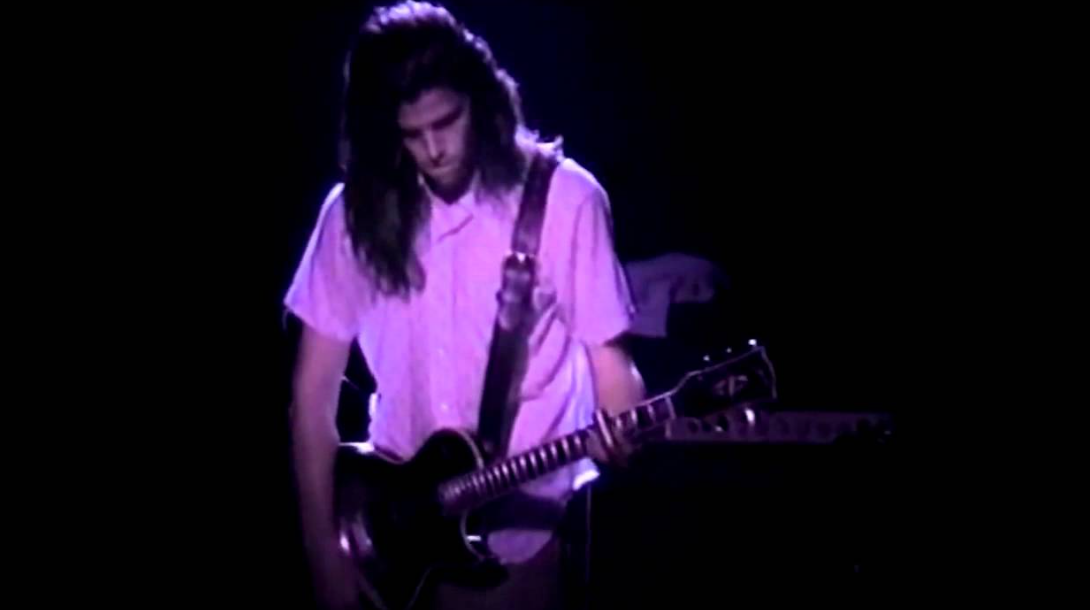
Tool has grown and adapted since forming in 1990, never allowing fans to become truly comfortable with a standard genre of music. The band that recorded the Opiate EP and Undertow were not the same band that recorded Lateralus in 2001. In Parabola, Adam Jones’ solo is such a positive reflection of his talent.
Reapers - Muse (Matt Bellamy)
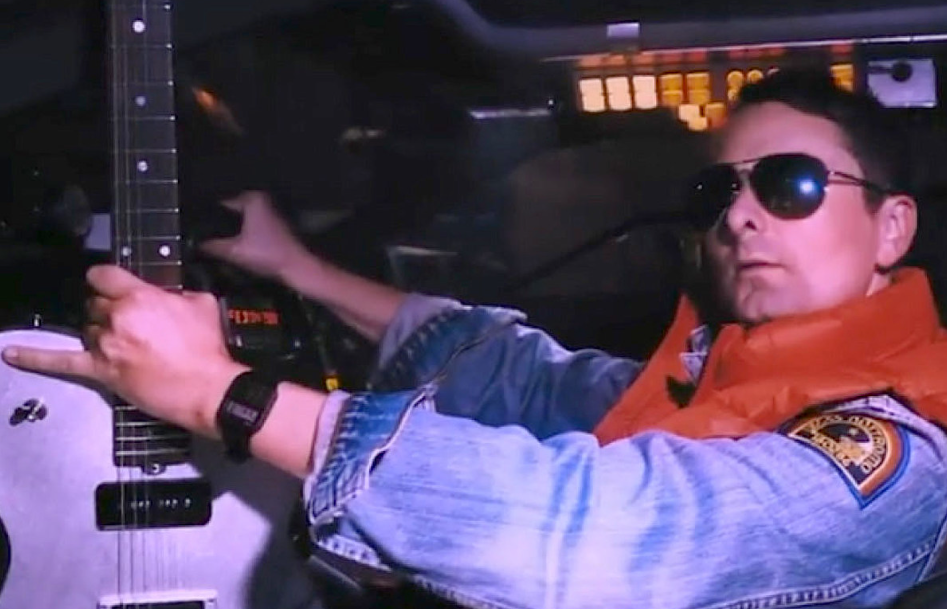
Approach this solo from Muse’s 2015 album Drones with caution. If you want to play it, you’re gonna have to set aside a few days for rehearsals. Based on 32nd notes, eight notes for every beat, this intro is a masterclass in speed and chromatic licks. Proof that the guitar solo is not redundant.
Cause We’ve Ended As Lovers - Jeff Beck
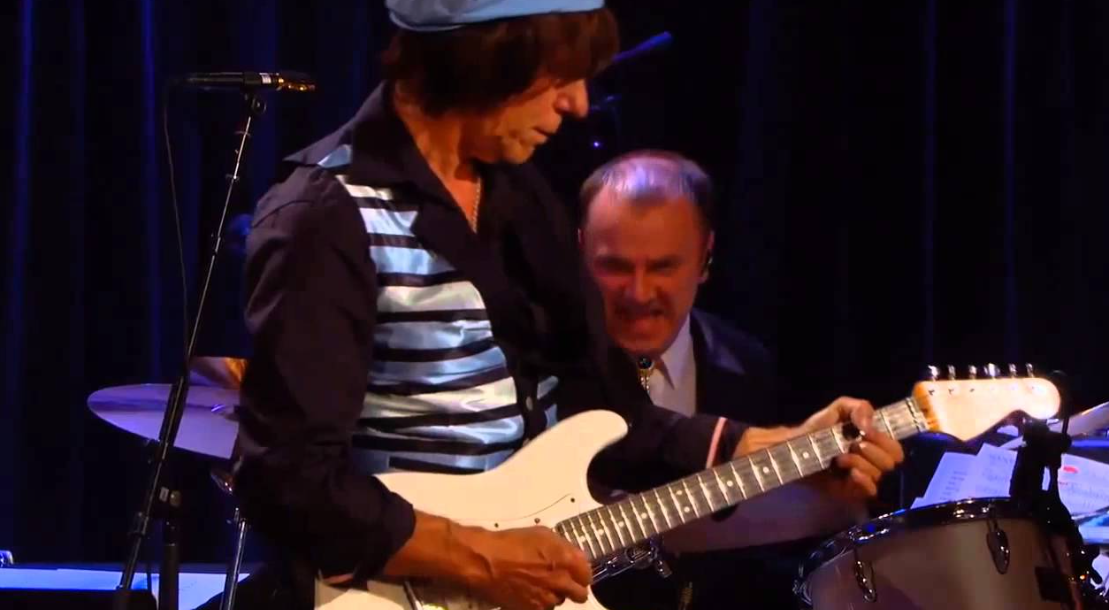
Fewer people manipulated the guitar quite like the late Jeff Beck. In his 1975 track Cause We’ve Ended As Lovers, Beck flips everything on its head, from volume to pace, from the audible to inaudible. This was recorded in his Telecaster days but it still has all the whammy and oomph of anything recorded with a Strat.
Cliffs of Dover – Eric Johnson
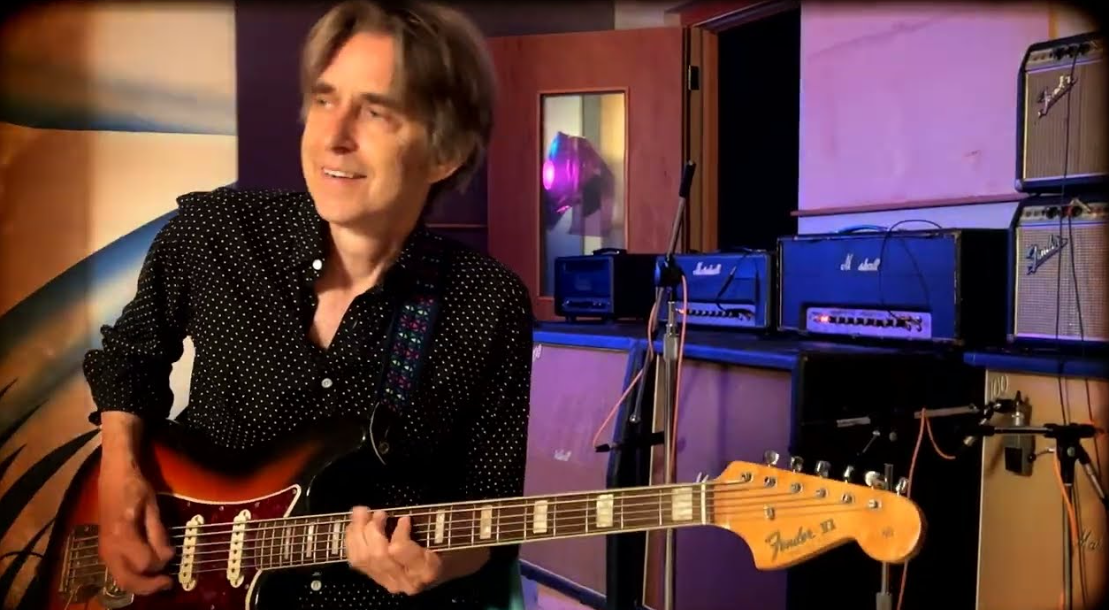
Eric Johnson used a few different guitars for his 1990 album Ah Via Musicom, but on this instrumental he chose his 1964 Strat for what would become a critically-acclaimed piece of music. To make things more interesting, Johnson used an Echoplex and BK Butler Tube Driver to achieve smooth, violin-esque sounds. He won a Grammy for his efforts.
For The Love Of God – Steve Vai
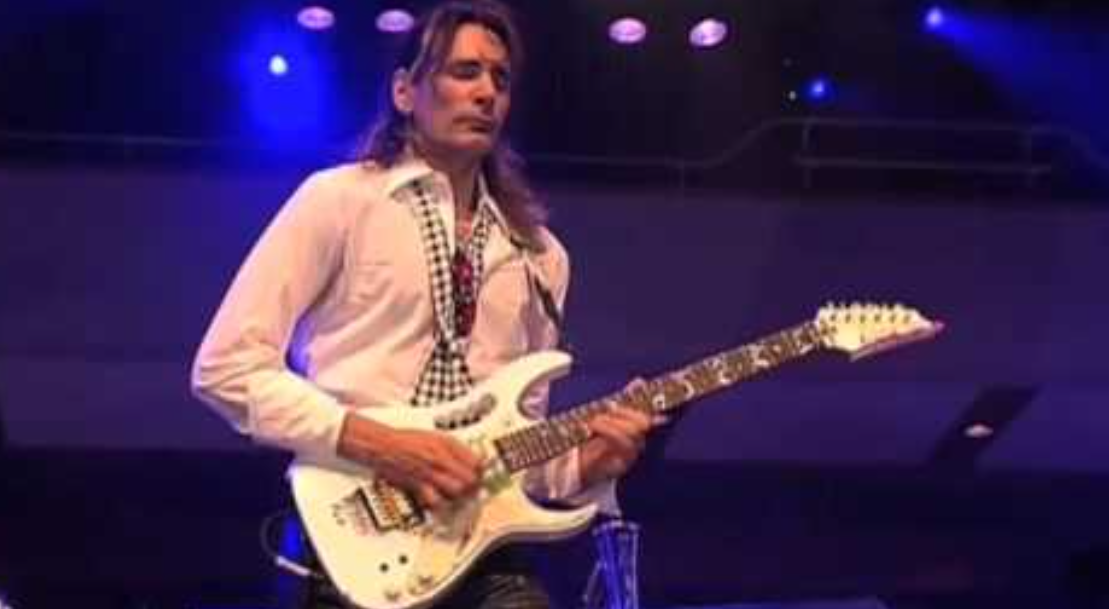
Steve Vai’s second album Passion and Warfare is one of the greatest instrumental guitar records of all time. For The Love of God is a standout, displaying Vai’s penchant for two-handed tapping and whammy bar techniques. It makes for an extremely inspiring collection for anyone curious to pick up a guitar.
Sloe Gin – Joe Bonamassa
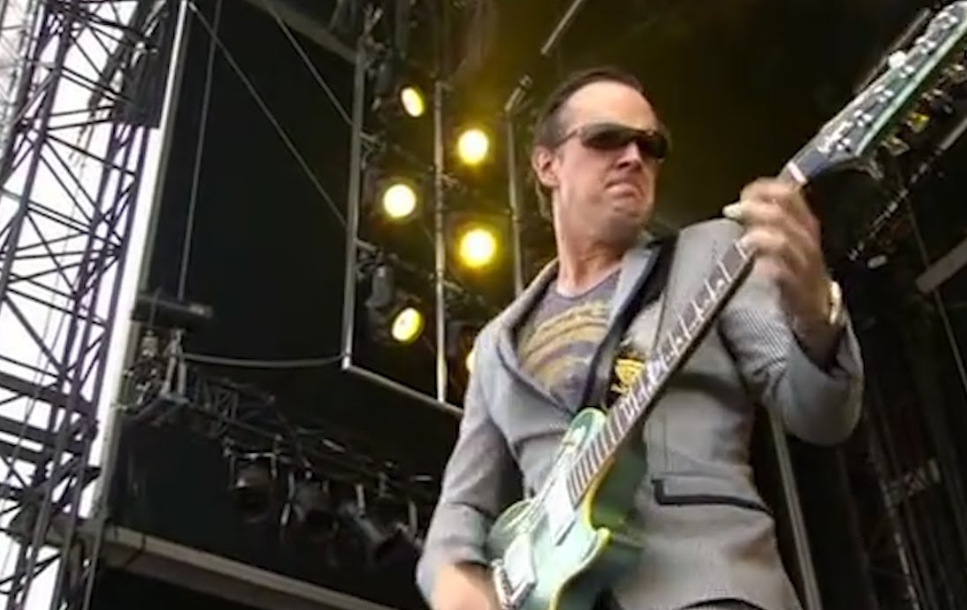
A slightly younger entry on this list, having been released in 2007, Joe Bonamassa’s Sloe Gin is just as important a record as any other. The sheer depth and volume of his Les Paul, complimented by killswitch effects, are something that should make you grateful to be alive - or just a fan of Joe Bonamassa.
Animal Nitrate – Suede (Bernard Butler)
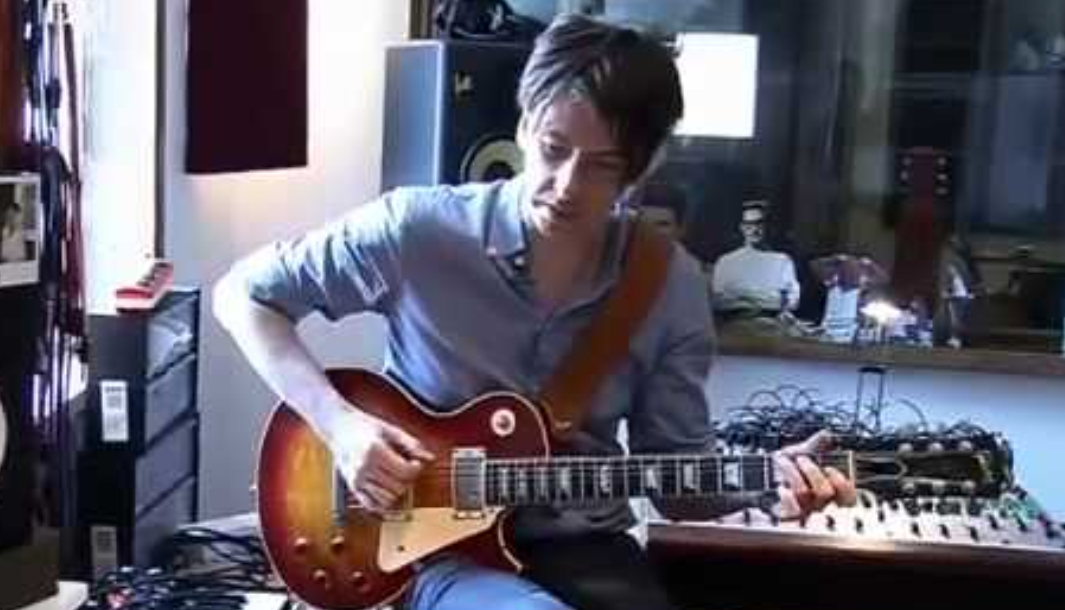
90s British indie band Suede were always a bit less “back to basics” than their Britpop contemporaries, not afraid to venture into fanciful territories, such as the world of the guitar solo. In Animal Nitrate, Bernard Butler goes to town on his Les Paul, making mincemeat of the gloomy minor chords.
Last Nite - The Strokes (Albert Hammond Jr.)
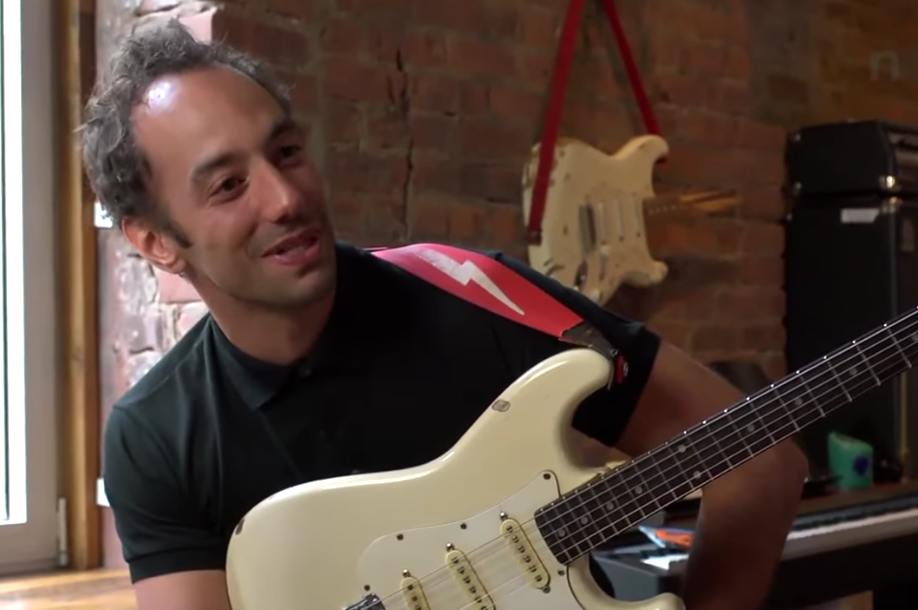
After a few years of boybands and nu-metal, The Strokes offered the same indie respite in 2001 that Nirvana had a decade earlier. Thanks to human riff machine Albert Hammond Jr, they hit the airwaves with aplomb and seemingly little effort. The solo in Last Nite is the first of his many, many statements.
Coffee and TV - Blur (Graham Coxon)
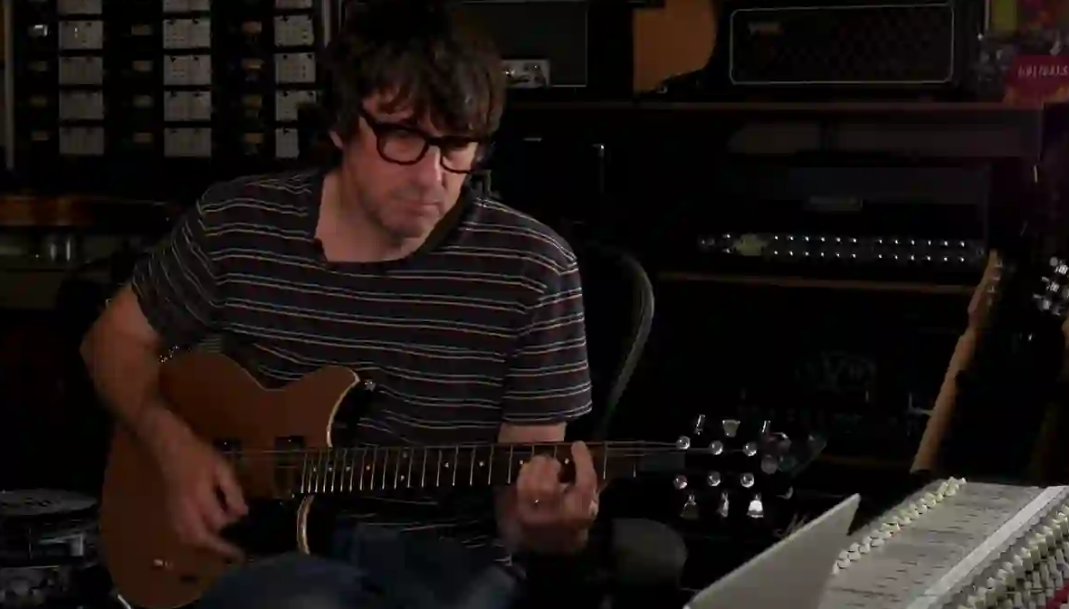
Graham Coxon of Blur was always Britpop’s virtuoso, an insanely talented songwriter and technician confined to often-flippant pop music, although the nature of the music meant that showy solos were generally frowned upon. In Coffee and TV, from Blur’s grittier 1999 album 13, he finally demonstrates what he’s capable of, albeit in a very chaotic way.
The Boys Are Back In Town - Thin Lizzy (Scott Gorham and Brian Robertson)
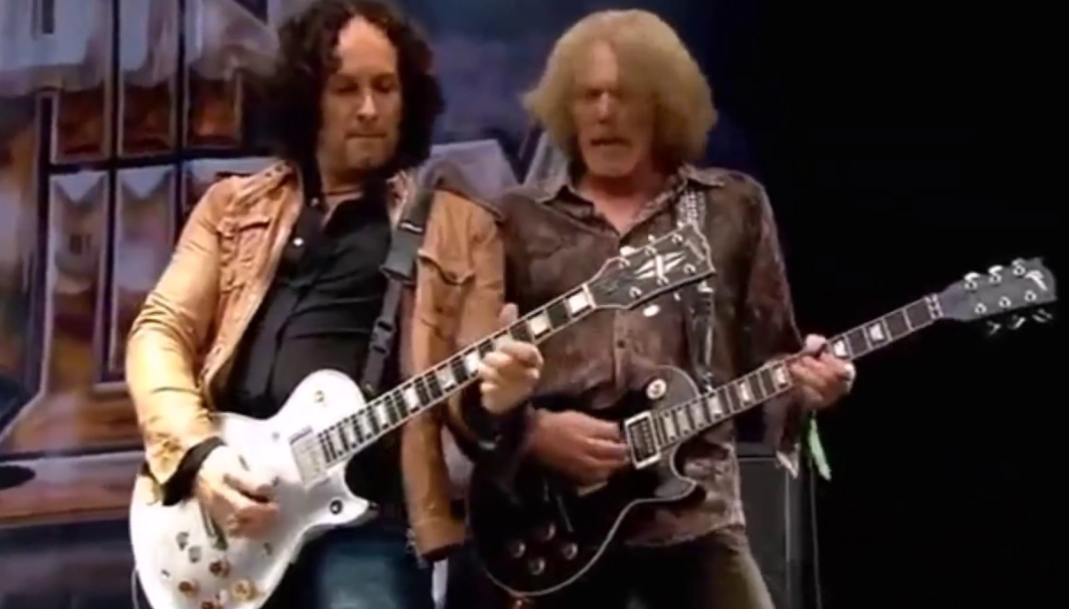
Have you ever wondered why The Boys Are Back In Town is an exceptionally good rock song? It’s twin guitar solo might have something to do with it. Scott Gorham and Brian Robertson performed the solo on this 1976 Thin Lizzy track side by side, doubling the intensity and satisfaction.
Smells Like Teen Spirit – Nirvana (Kurt Cobain)
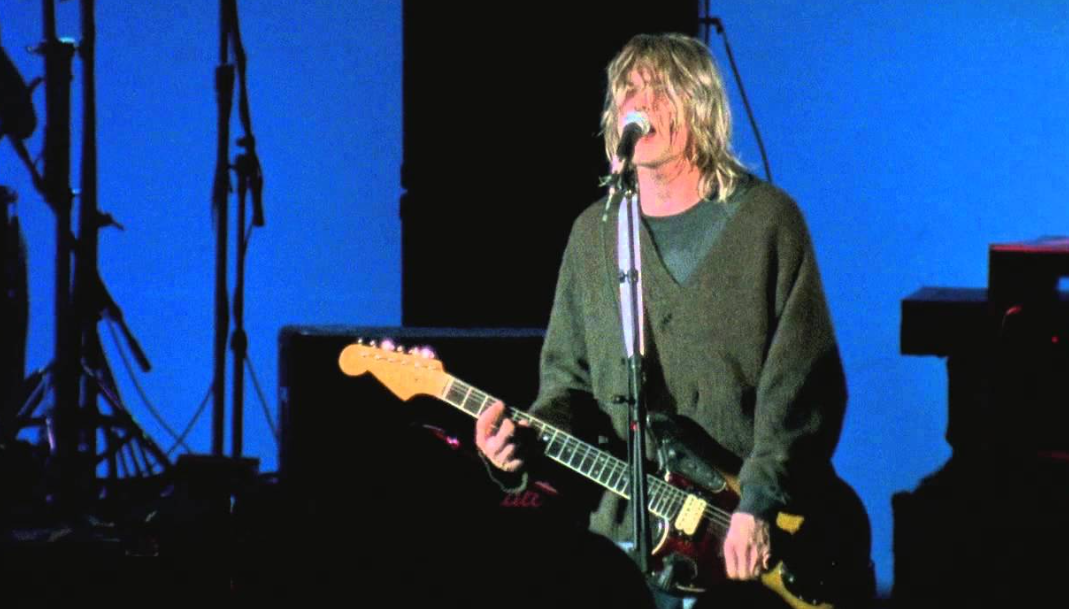
Even Kurt “stadium rock grim reaper” Cobain had a weakness for a solo. Smells Like Teen Spirit probably wouldn’t be the same without one. There’s a guttural yet exhilarating quality to the solo that really hits you where you live. Yes, it’s basically just the same notes as the verse’s vocal melody recreated on guitar, but its the way Cobain wrenches those notes out.
Soma – Smashing Pumpkins (Billy Corgan)
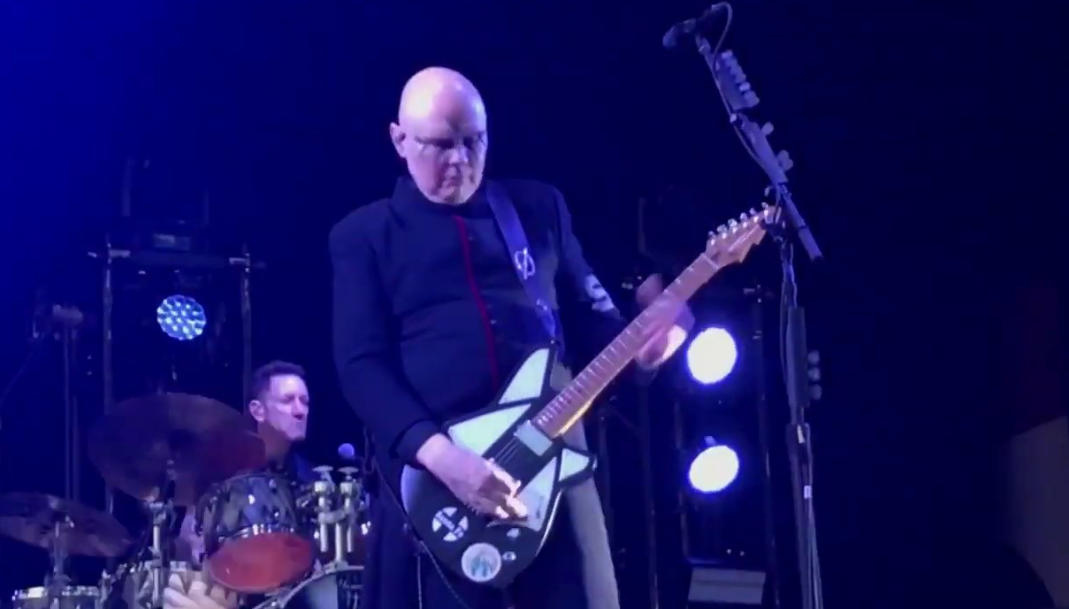
Why was Billy Corgan ever pictured looking sad at Disneyland? The man is responsible for some of the 1990s’ greatest hooks and solos. His effort on Soma (from Smashing Pumpkins’ masterful 1993 album Siamese Dream) is a dream combo of skill, melody and volume. Billy, if you’re reading this, let’s see you crack a smile. You’ve done the music industry a lot of good.
Buddy Holly - Weezer (Rivers Cuomo)
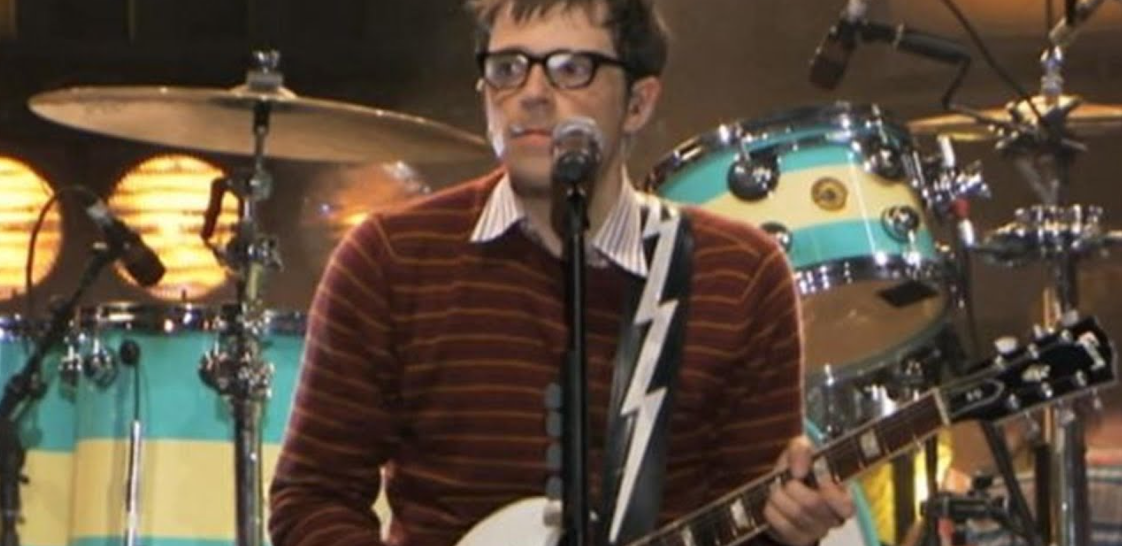
Weezer’s 1994 nerd anthem Buddy Holly may be overwhelmed by the main riff, the easily-singable lyrics and its Happy Days-inspired music video, but we shouldn’t ever forget about the solo. Rivers Cuomo’s contribution is short and snappy but so, so tasty. Blink and you’ll miss it. Try not to.